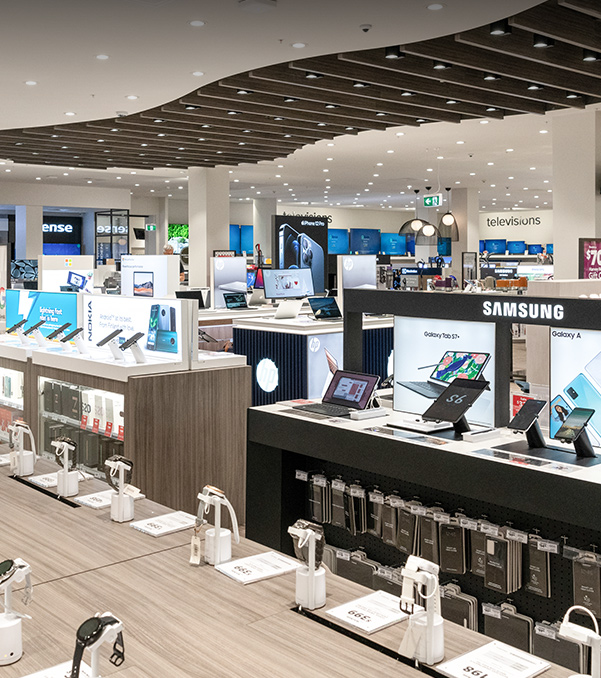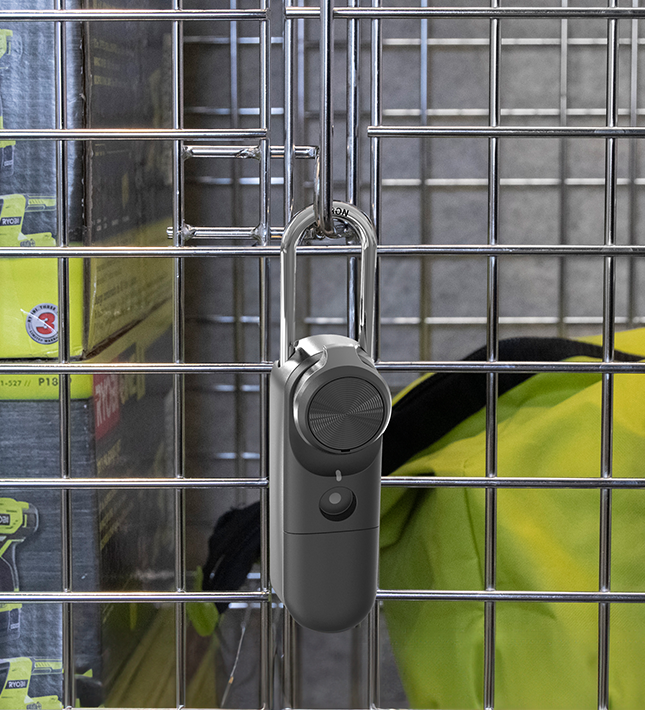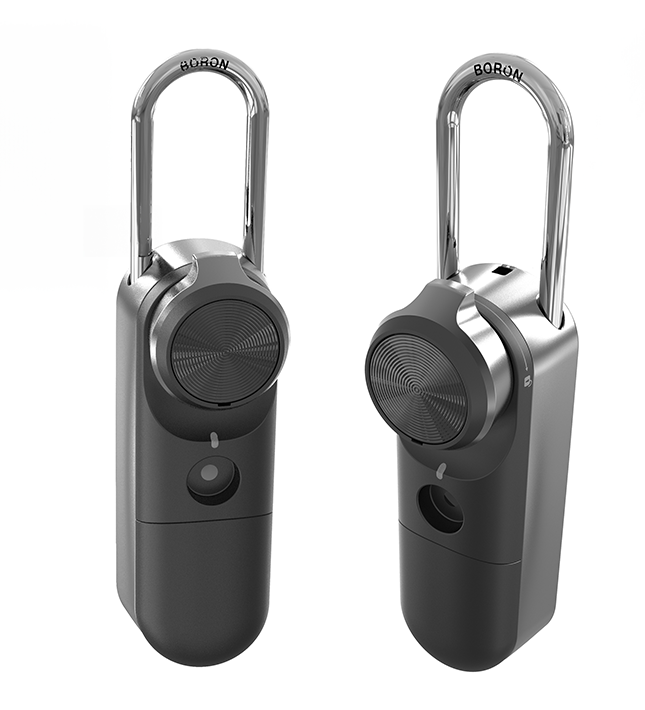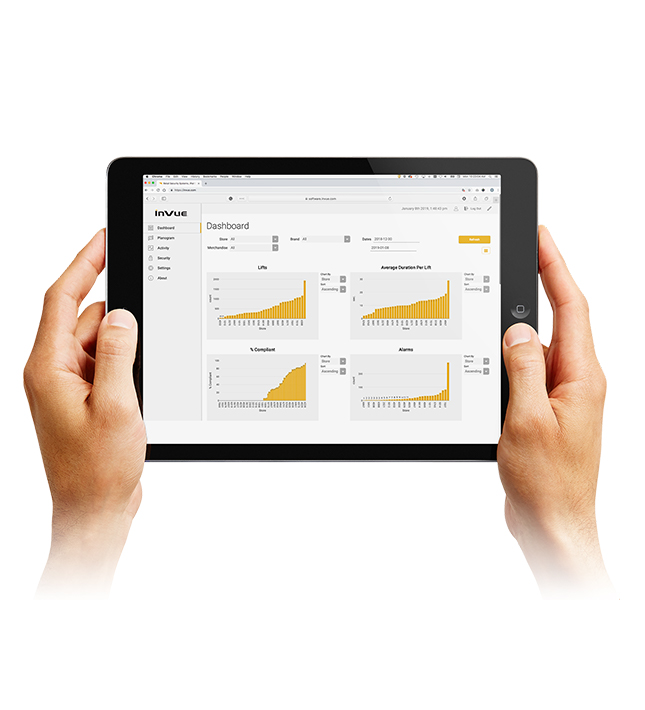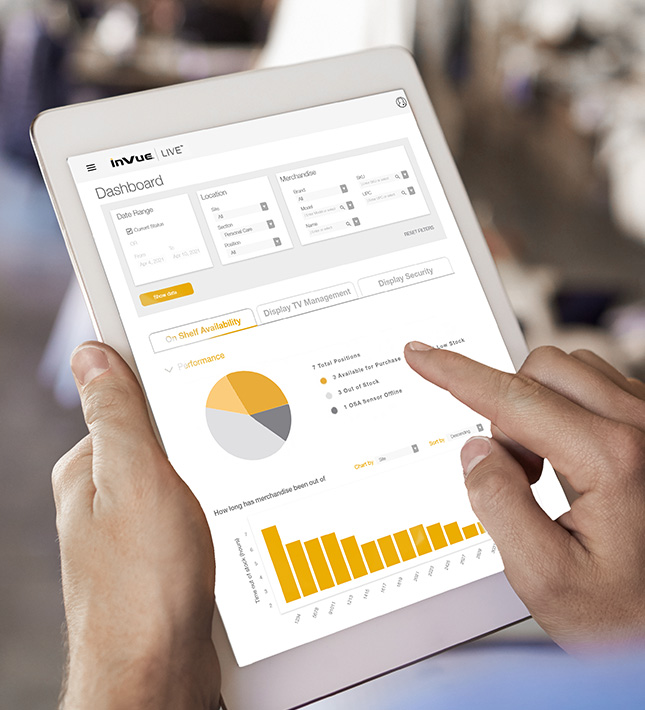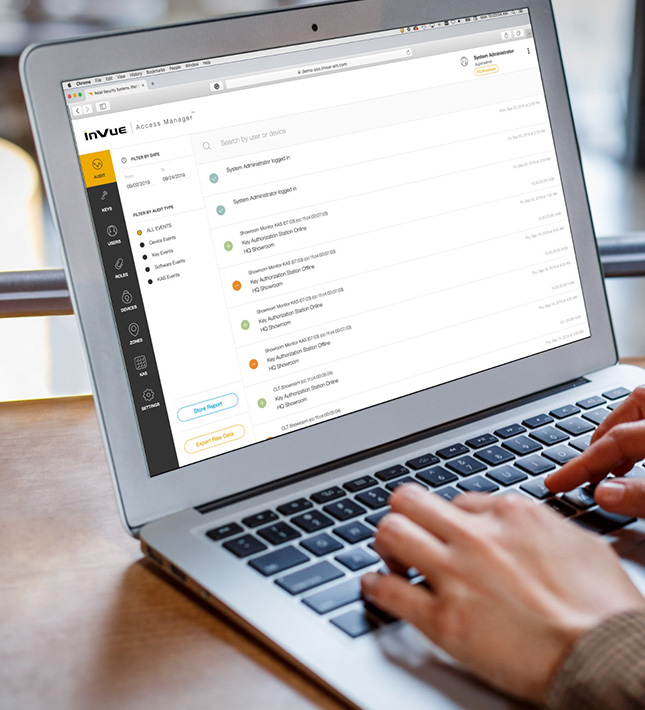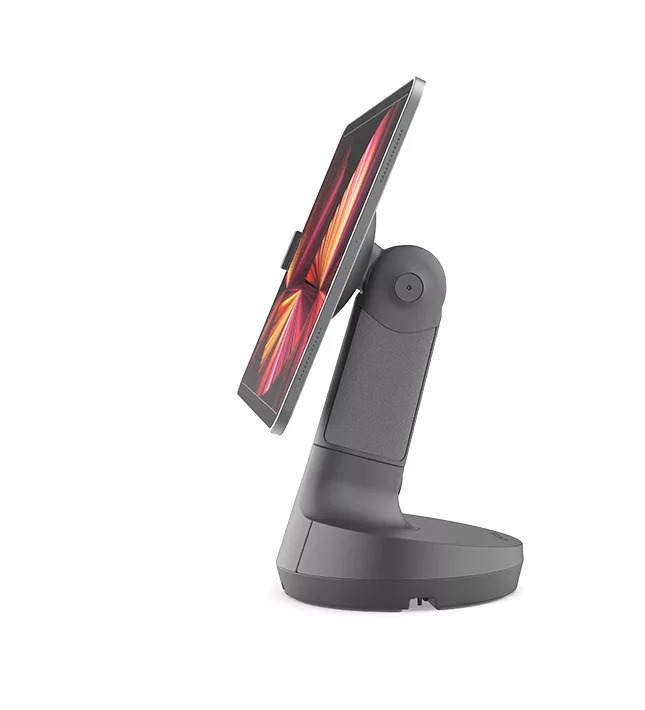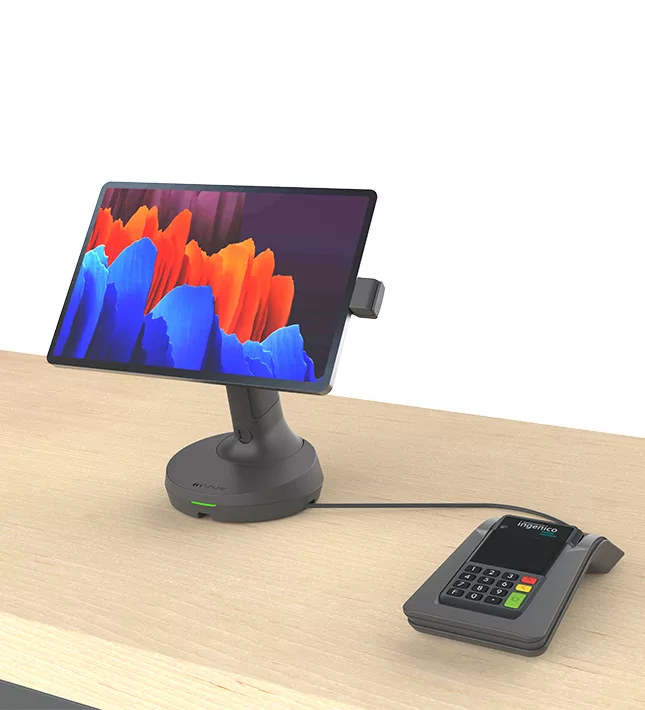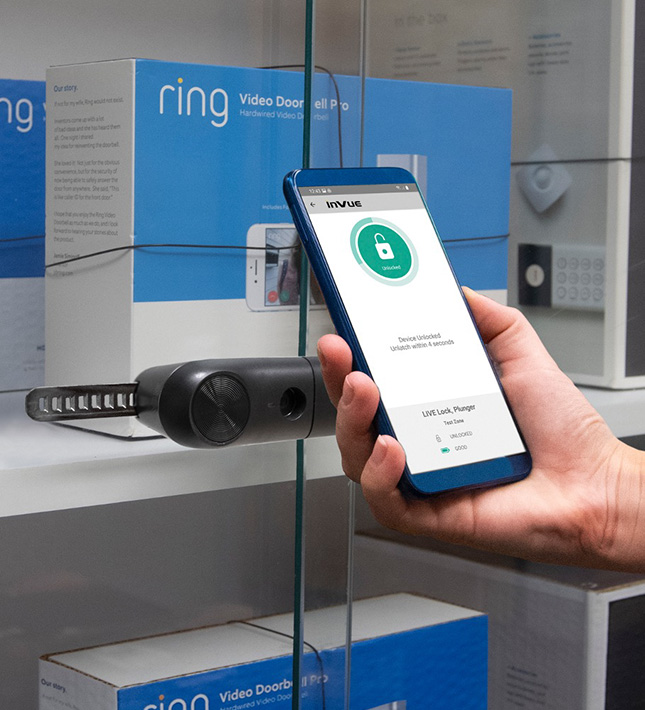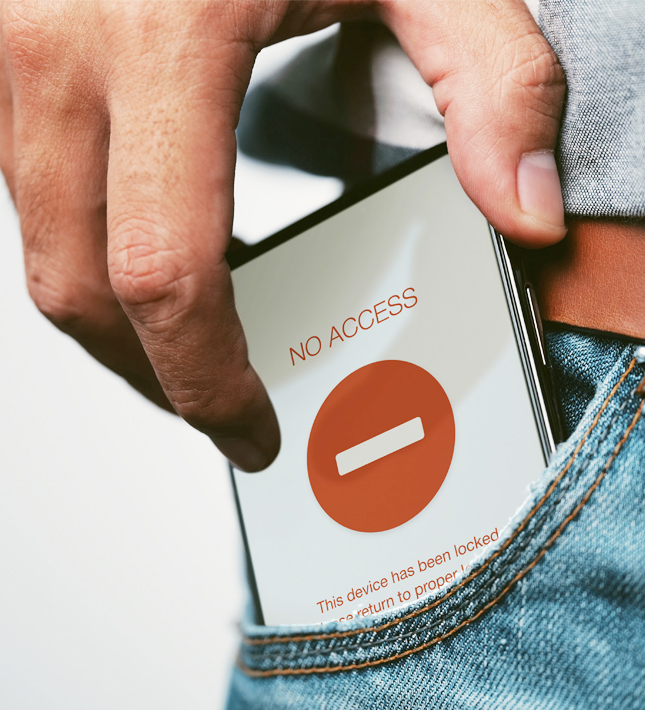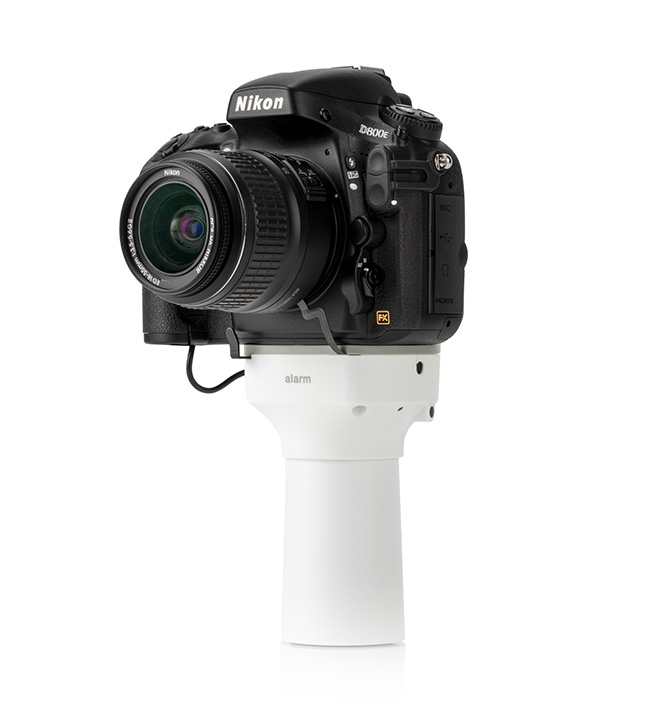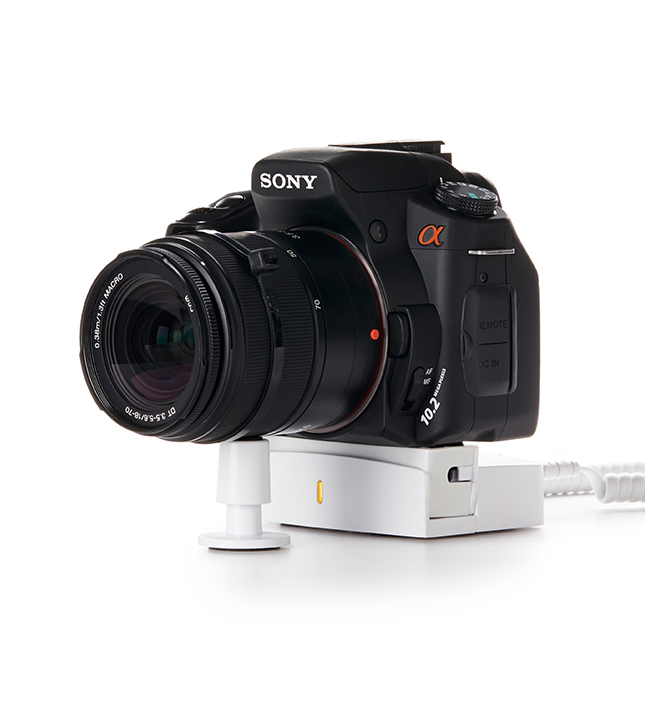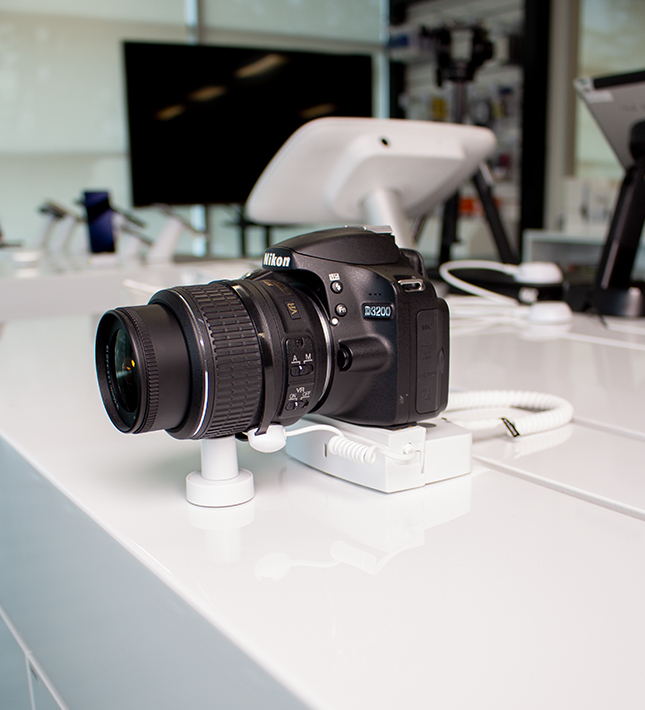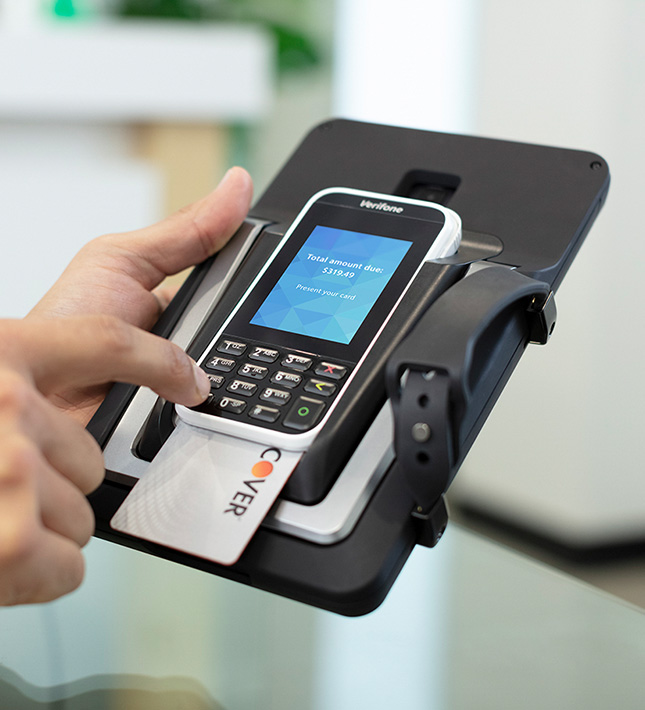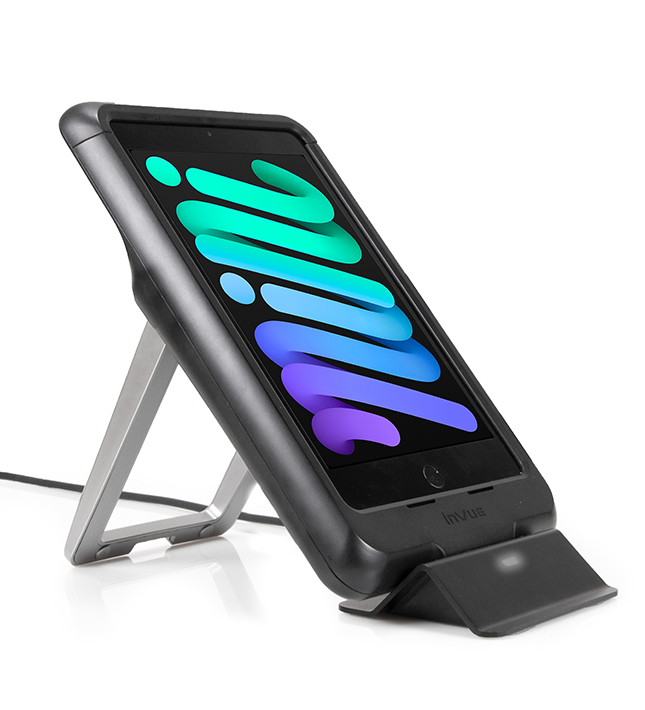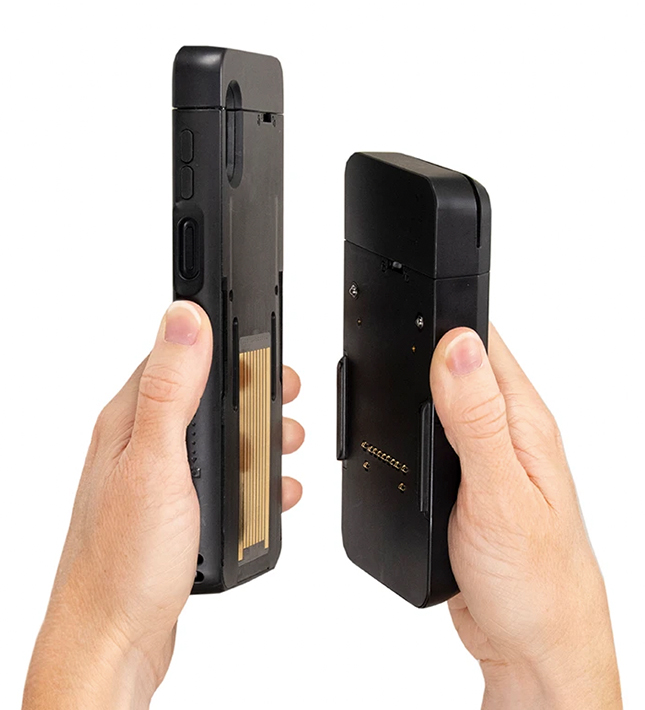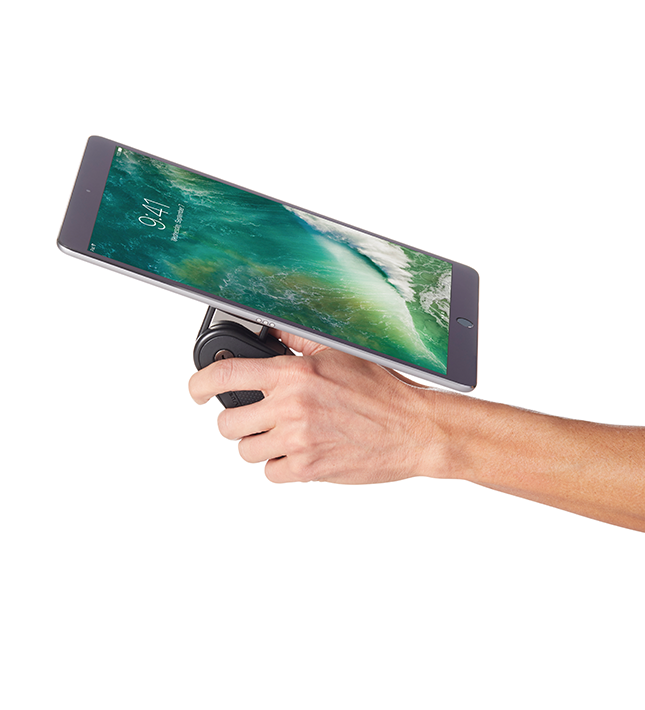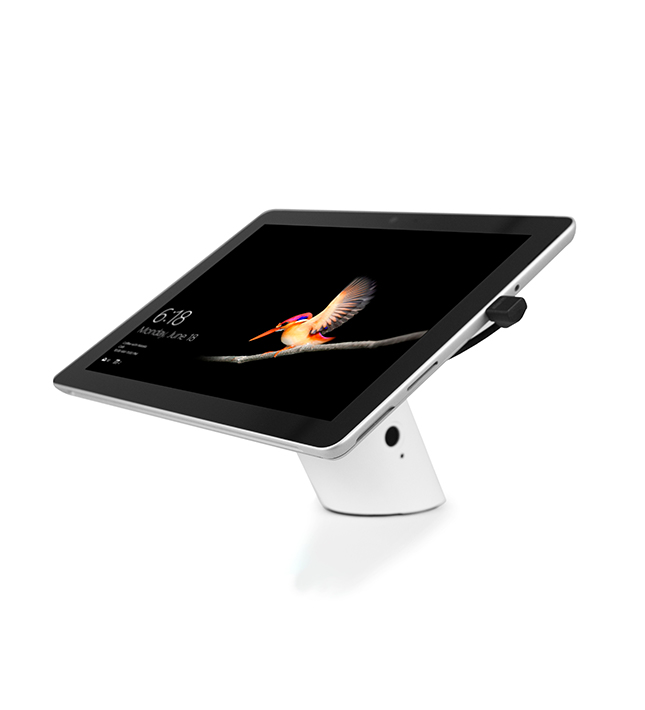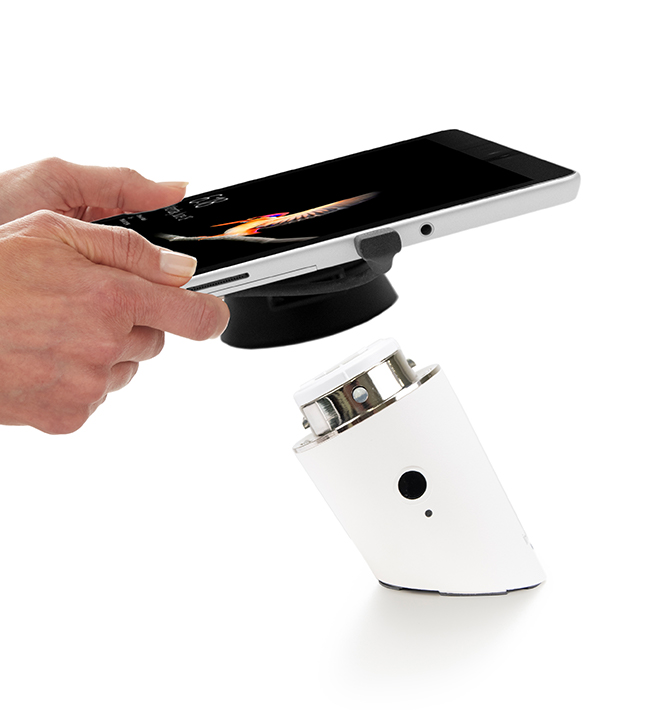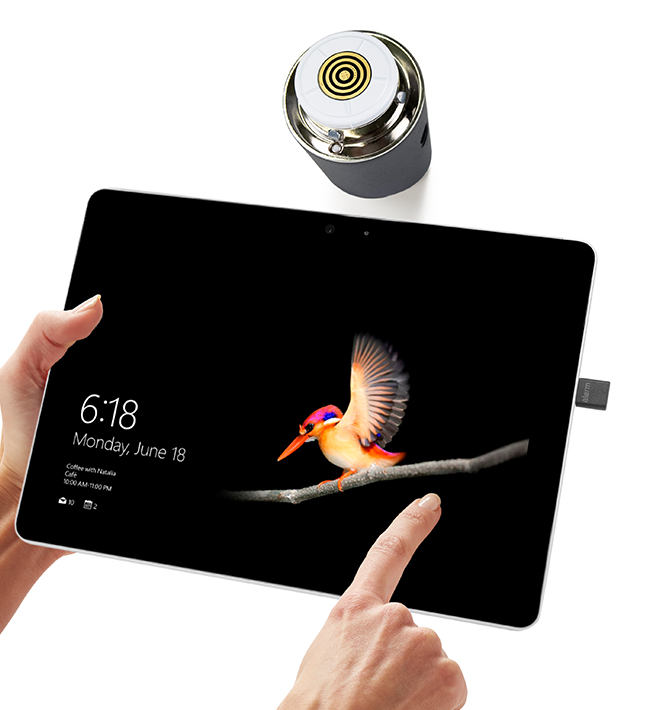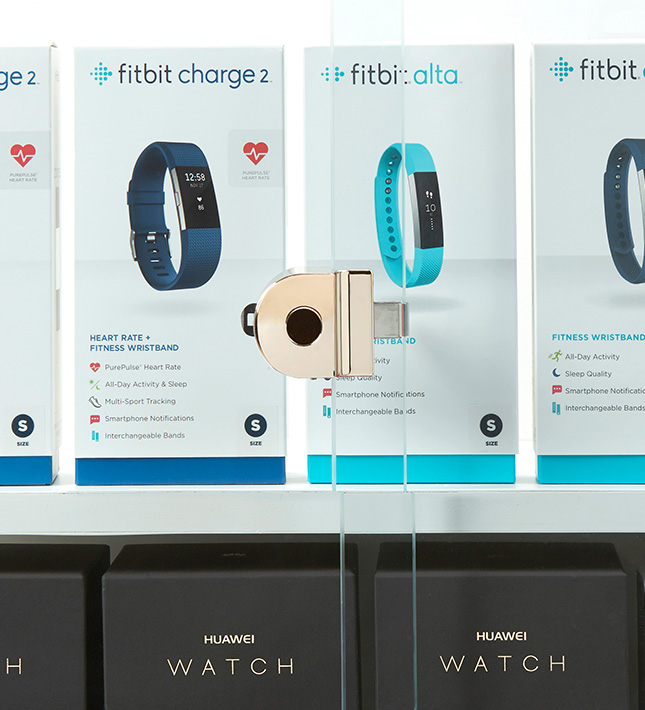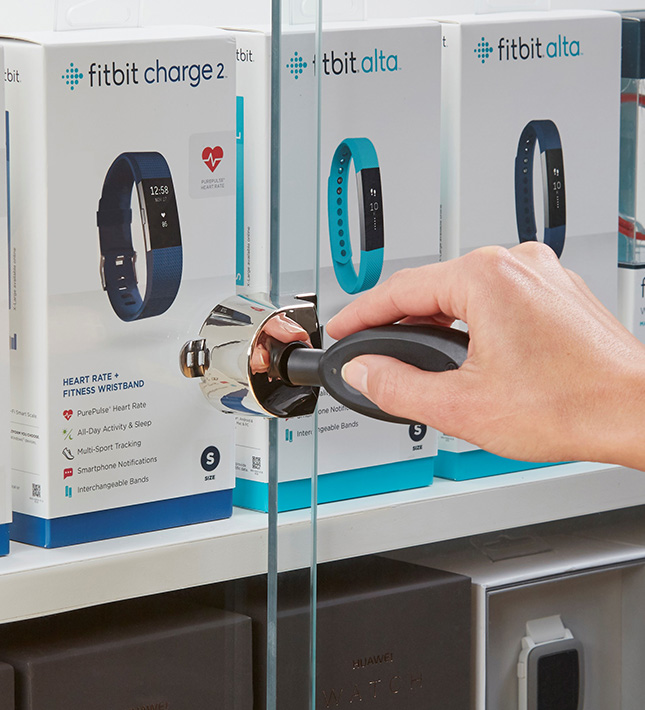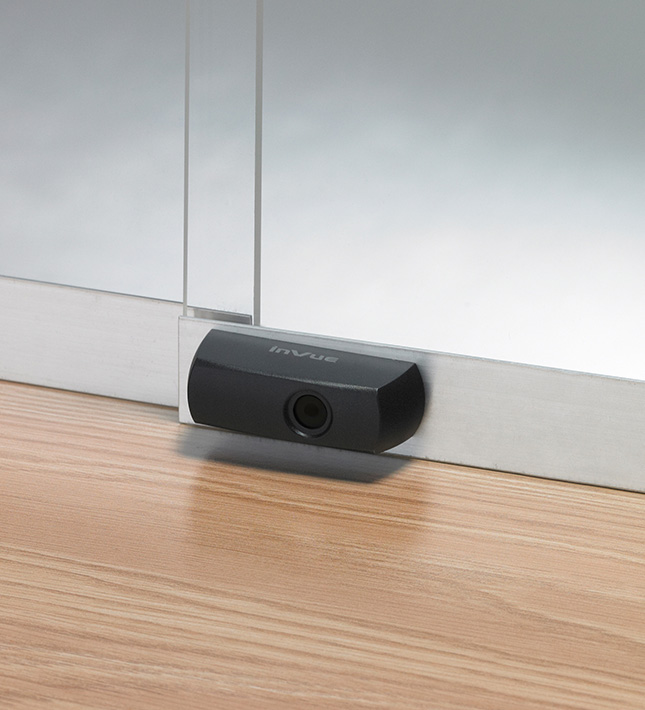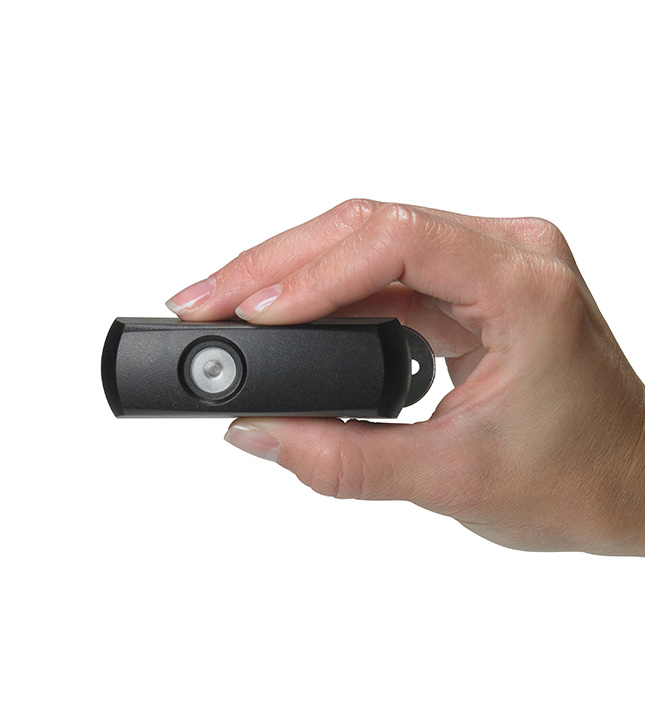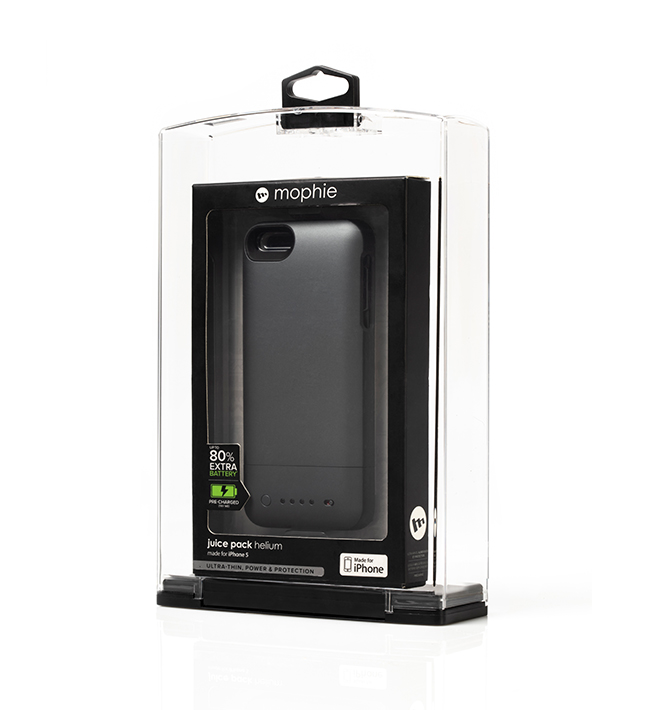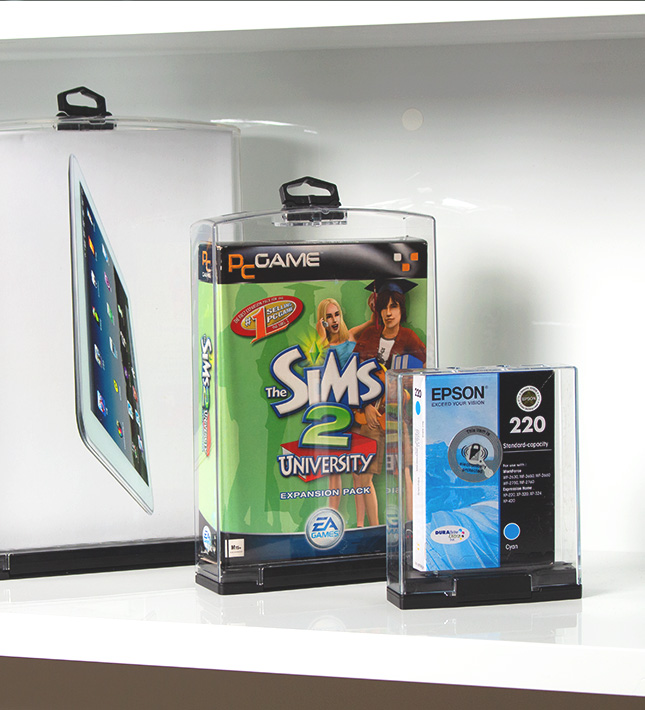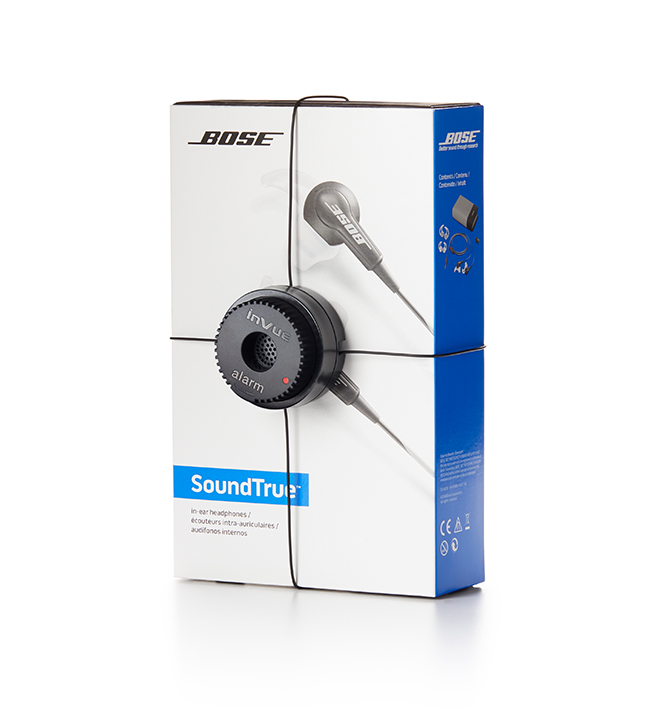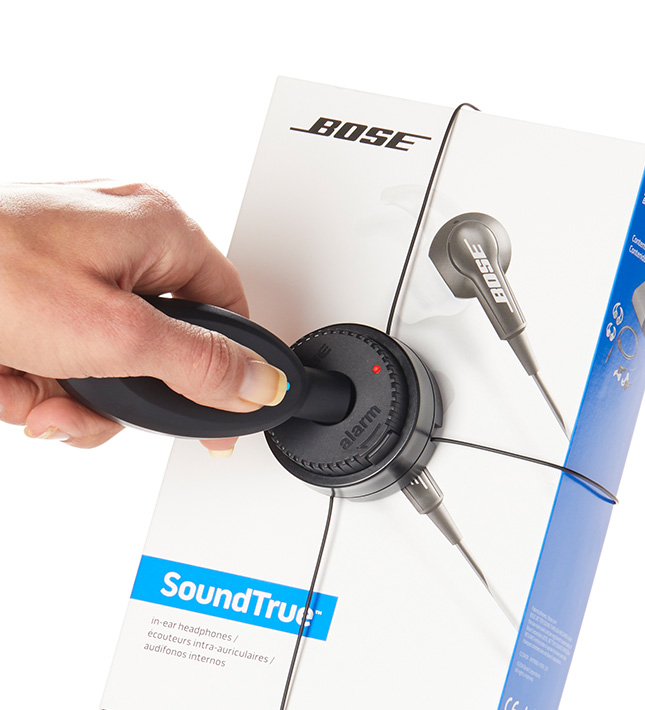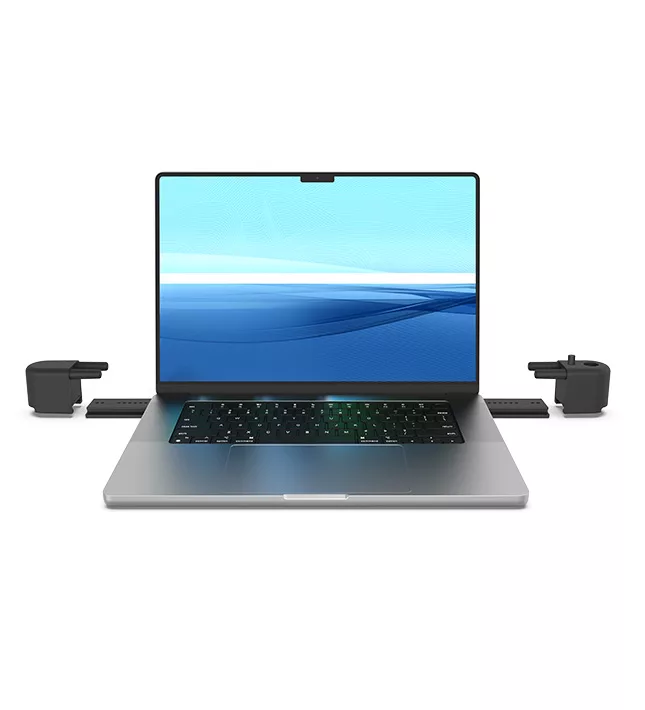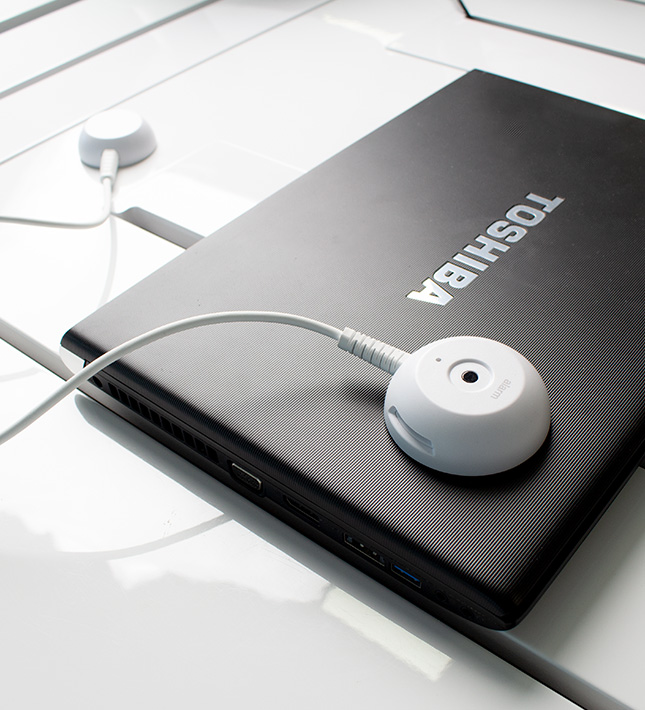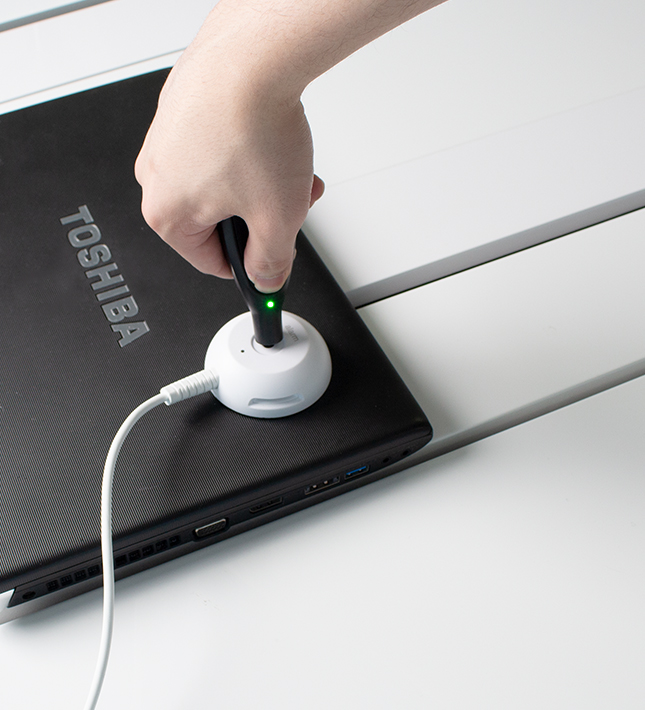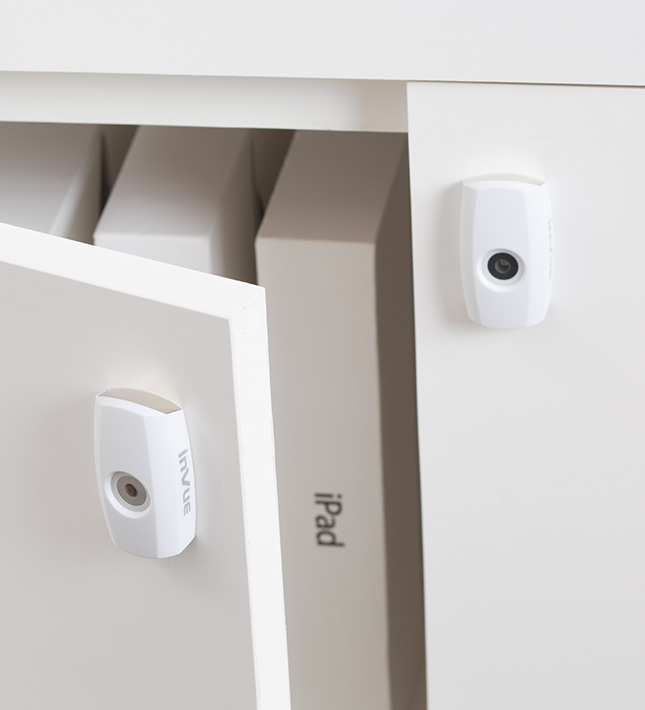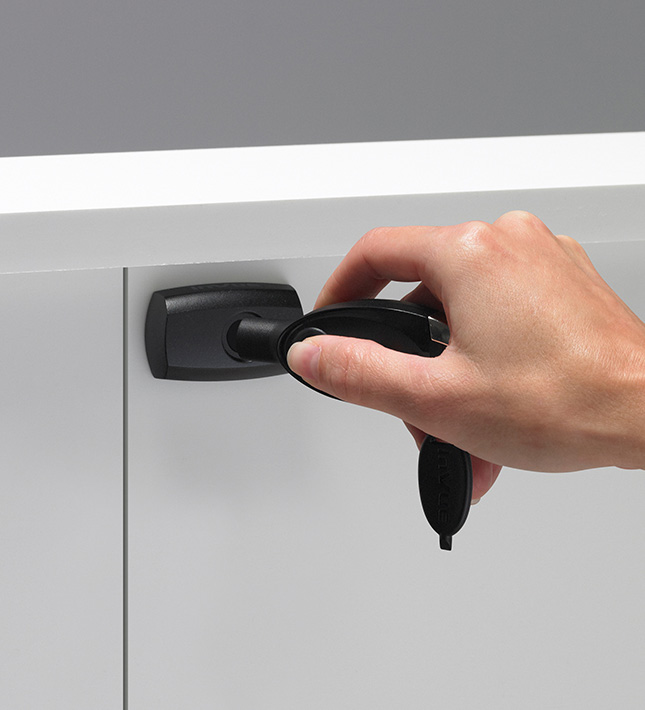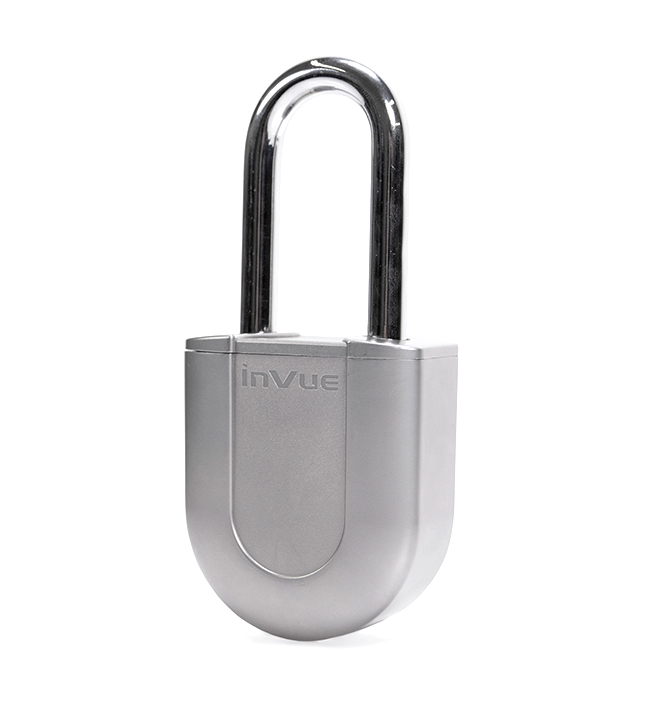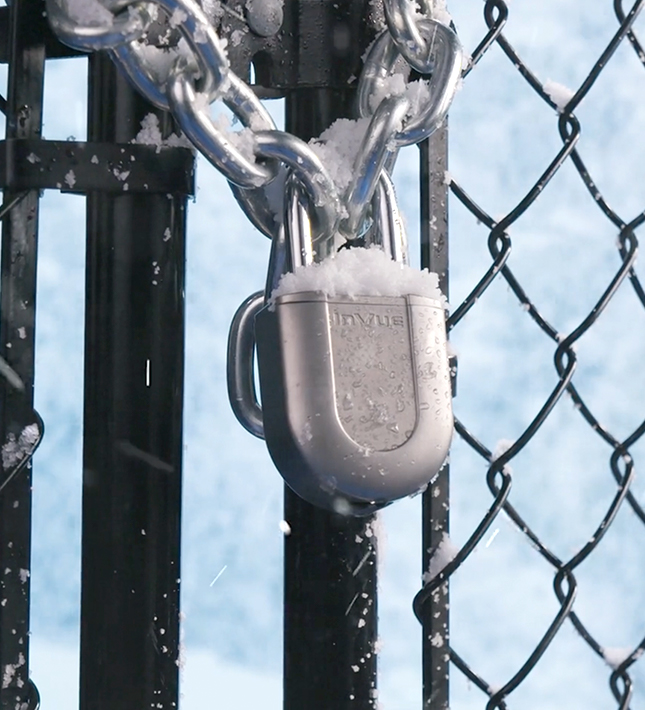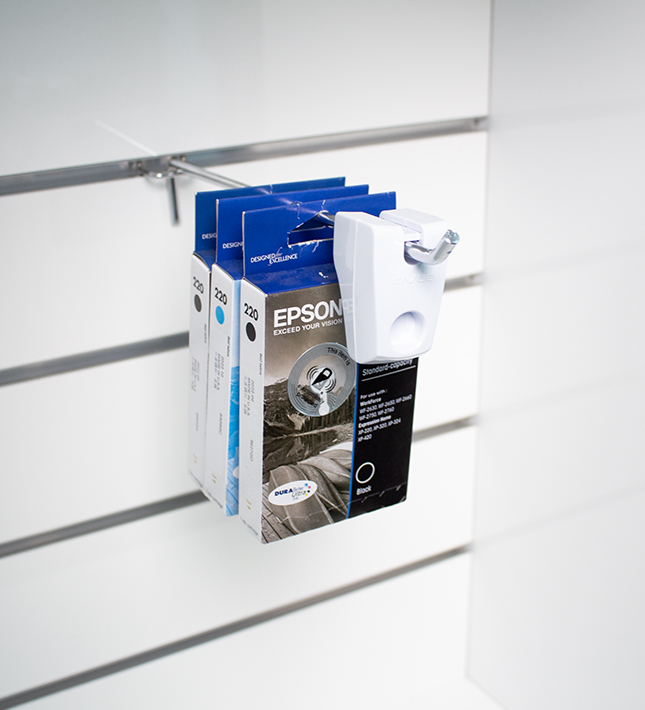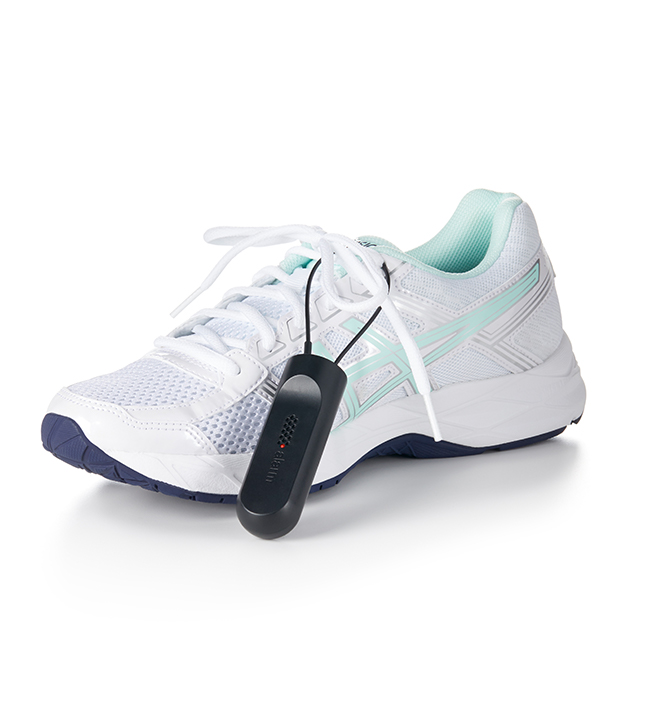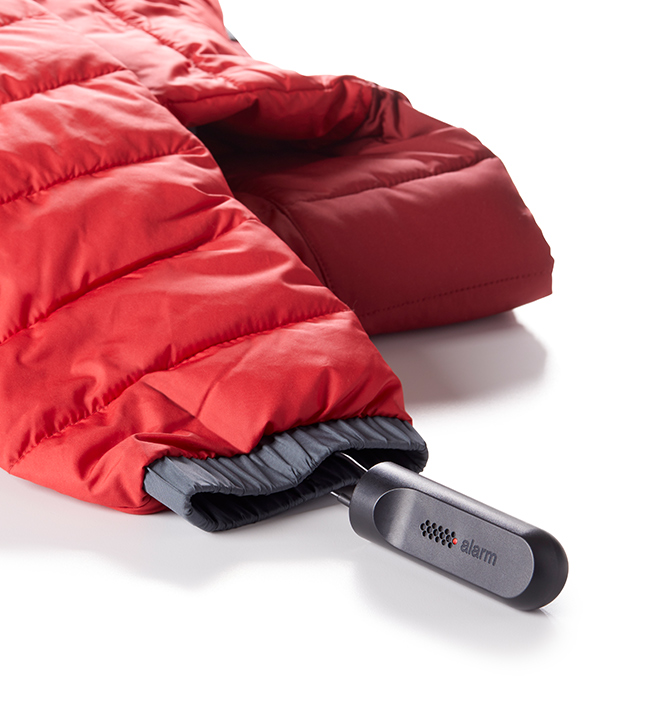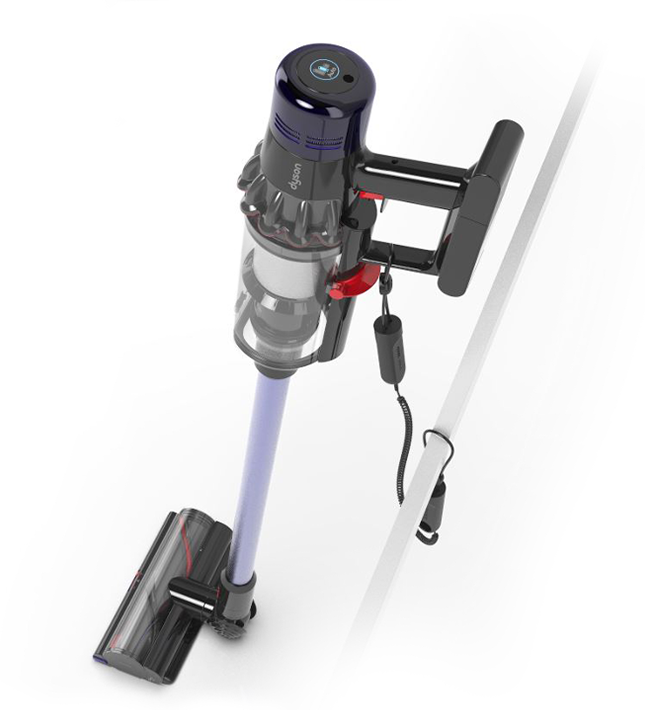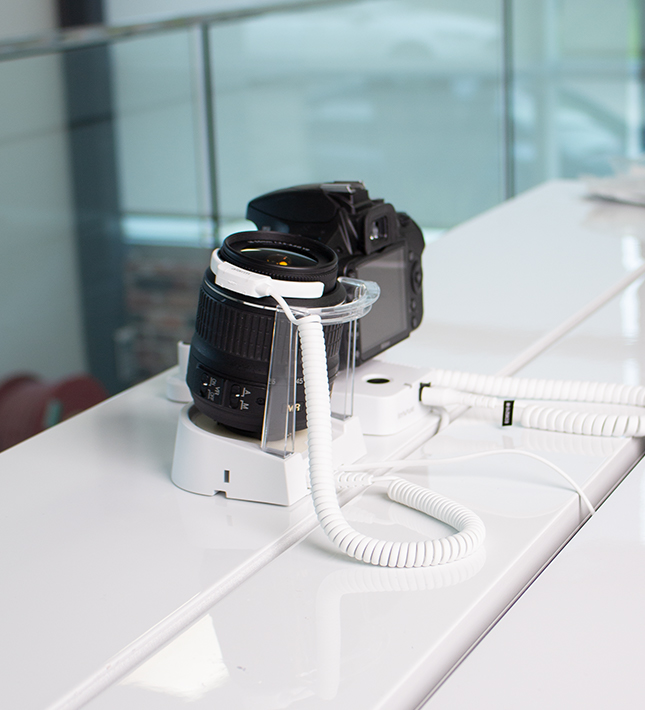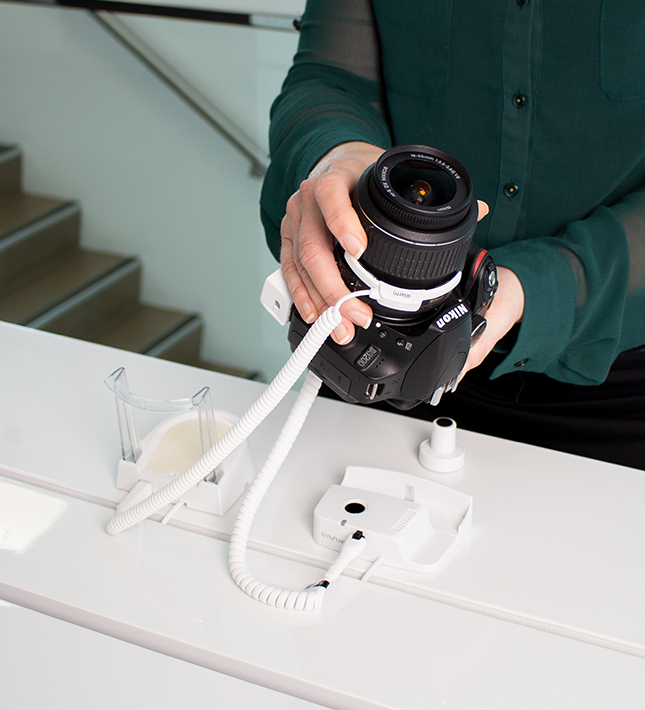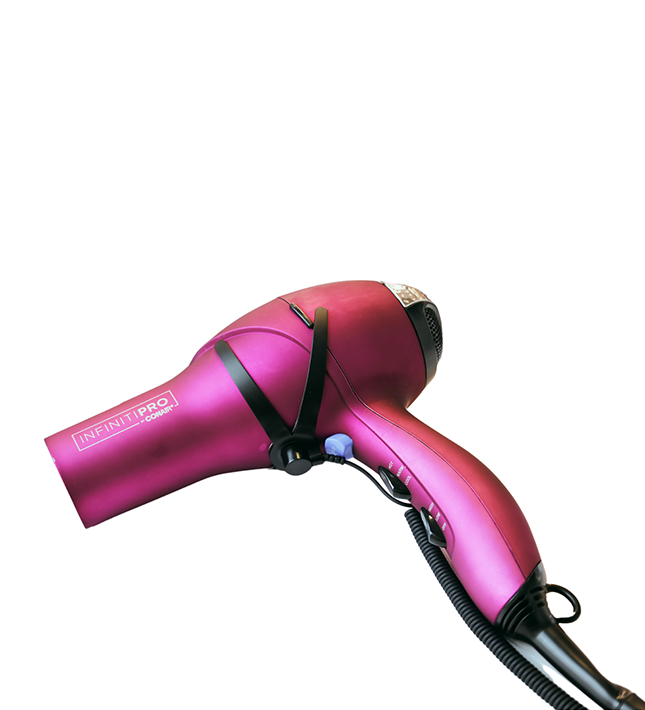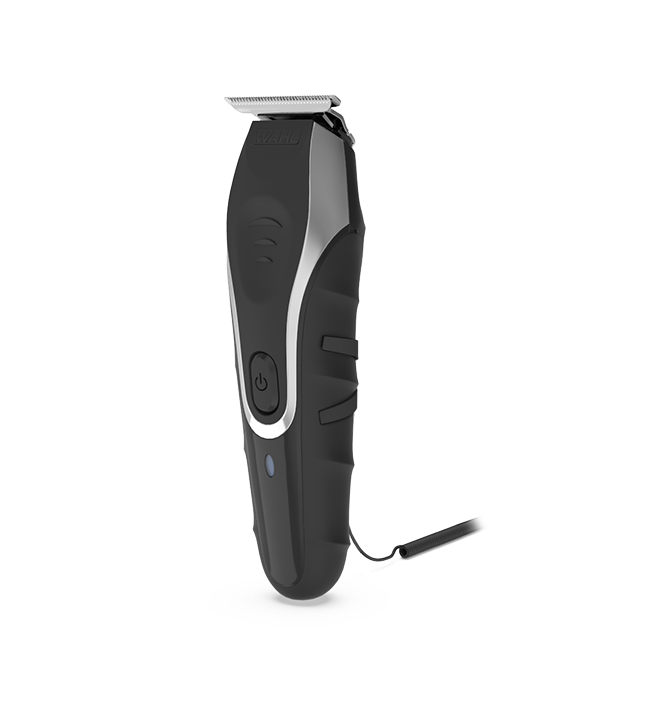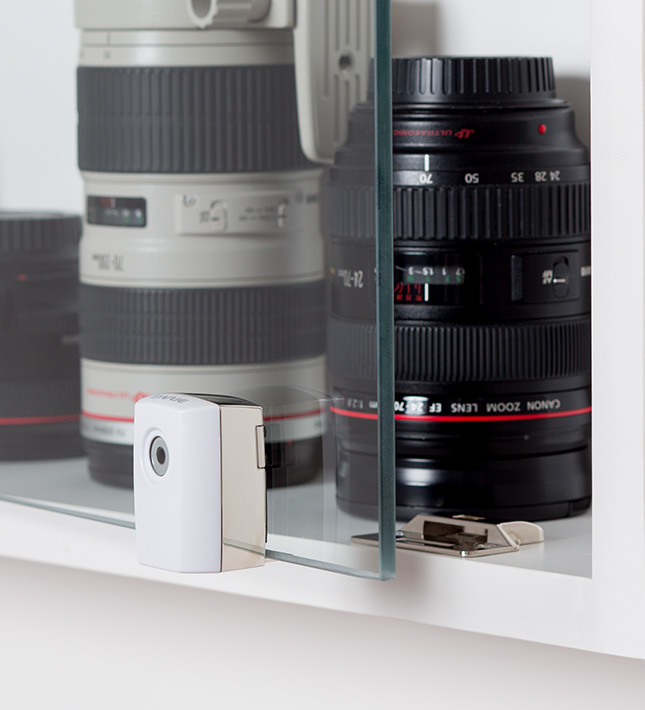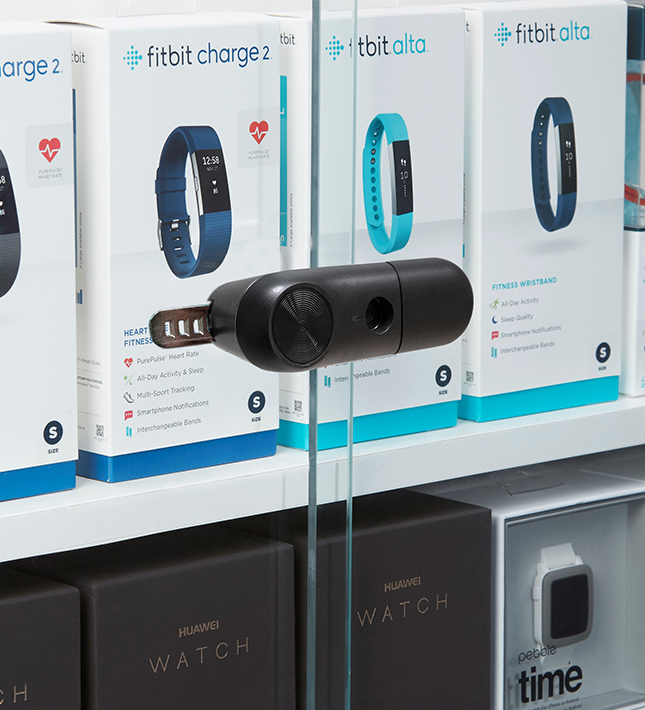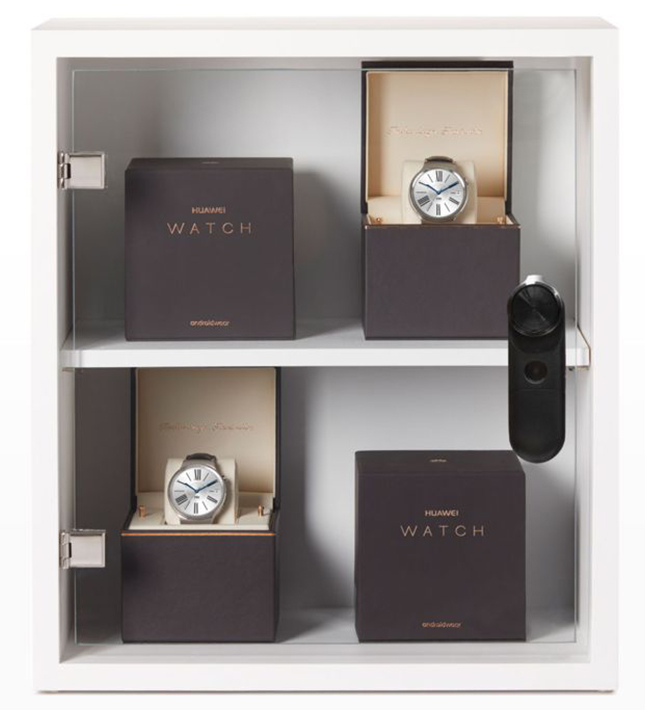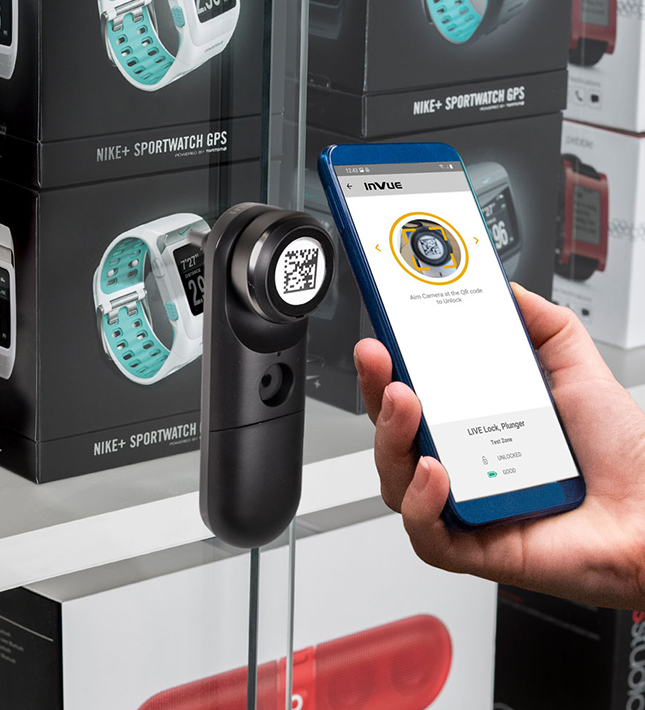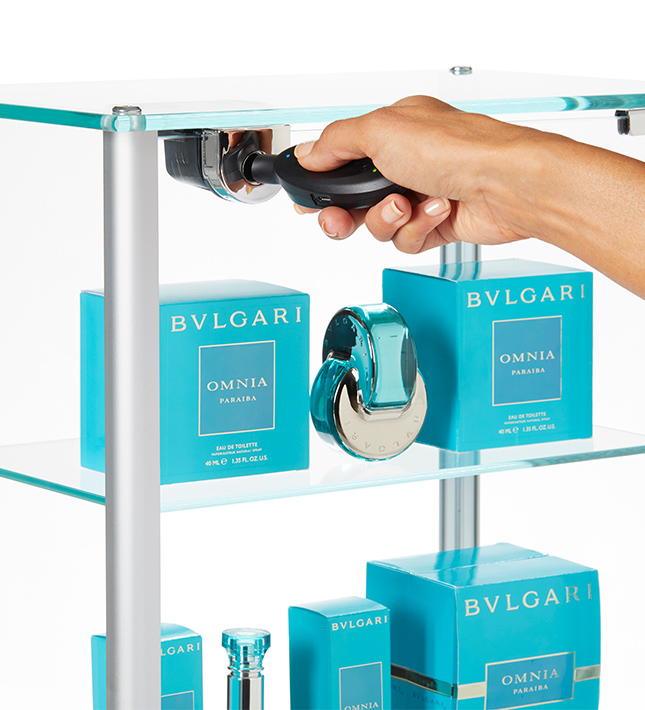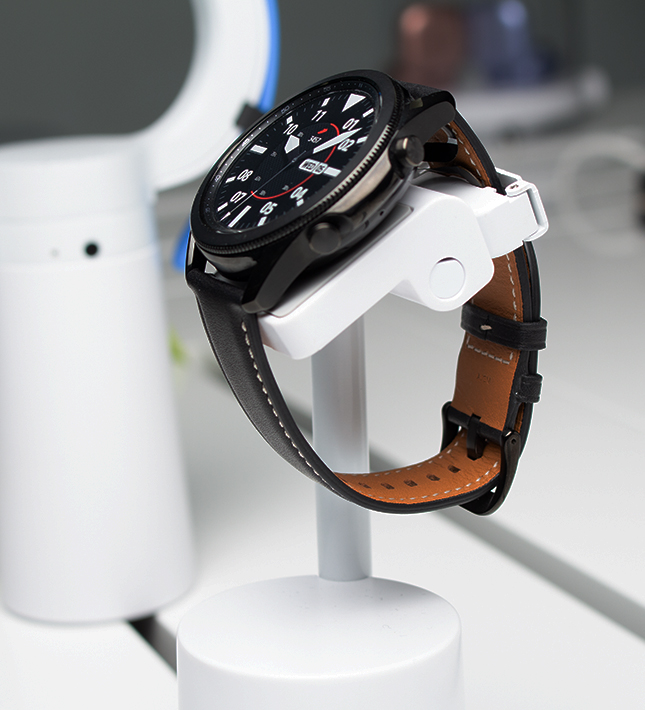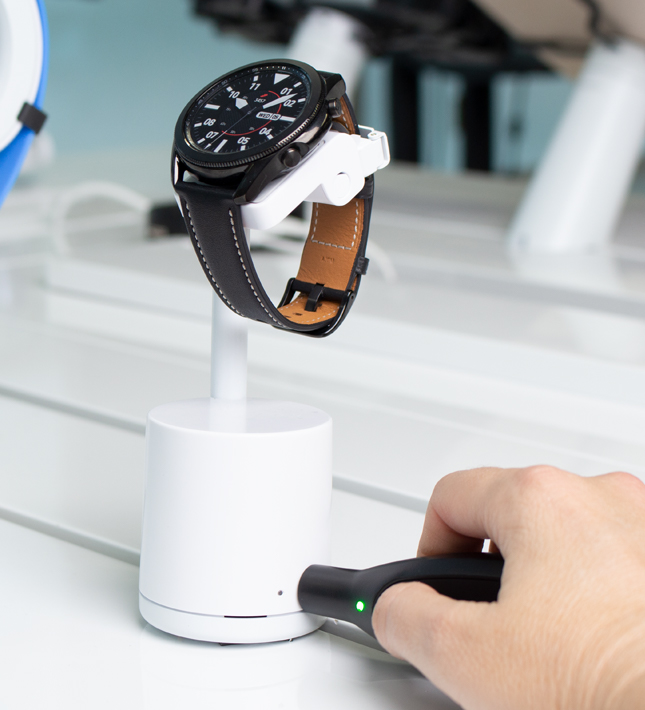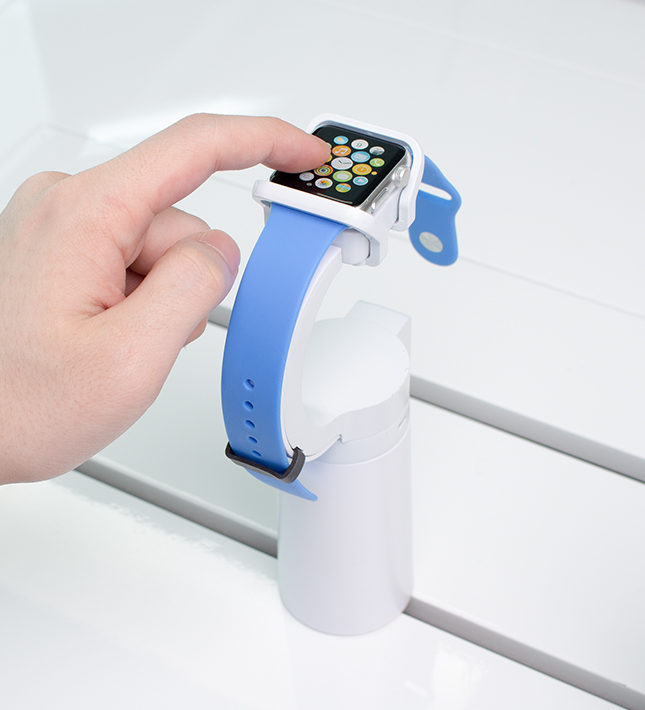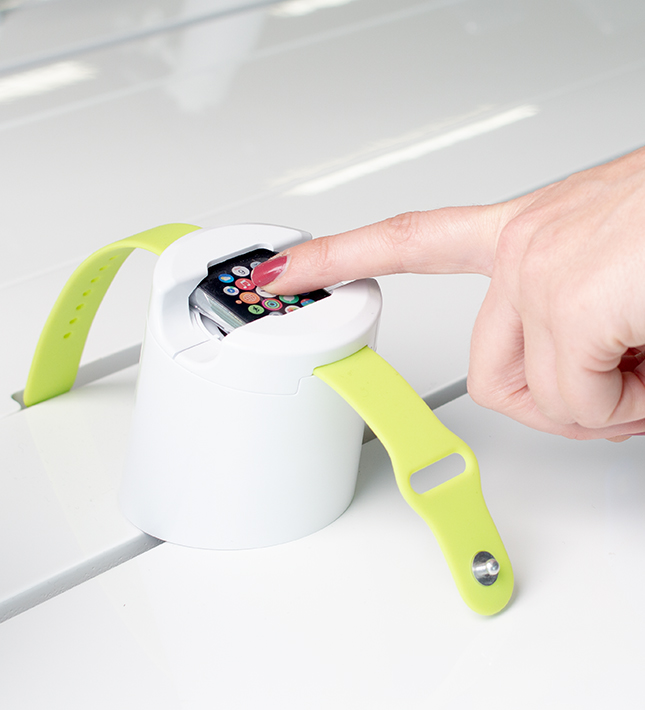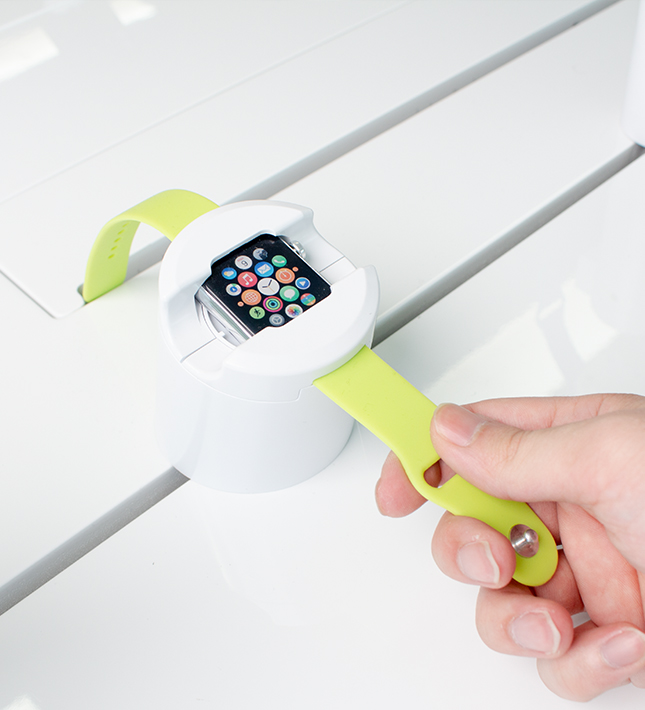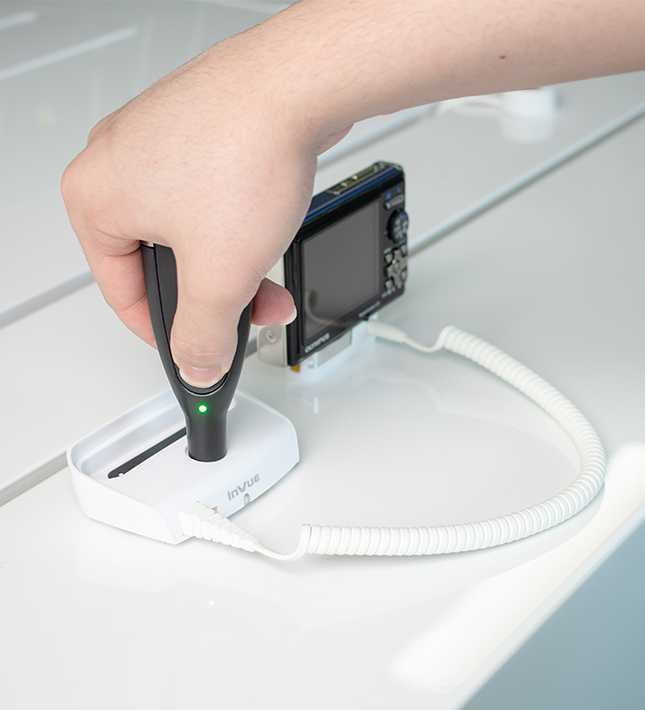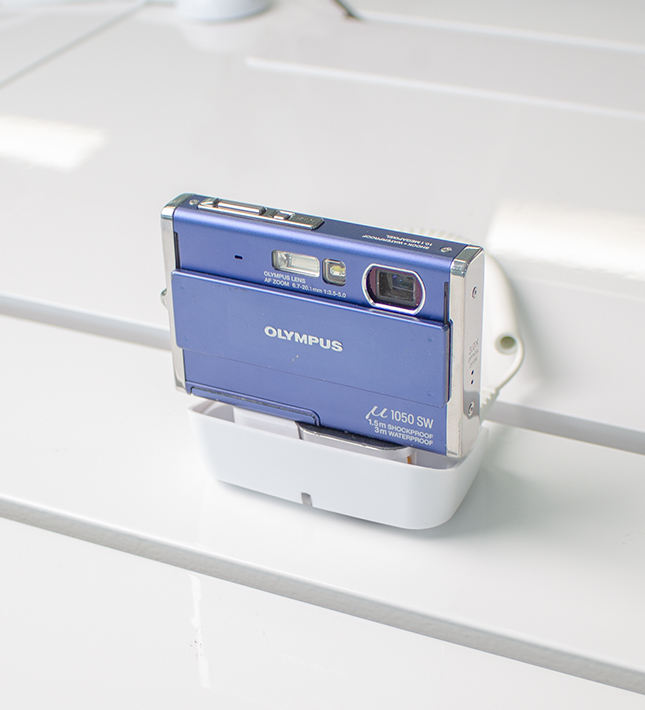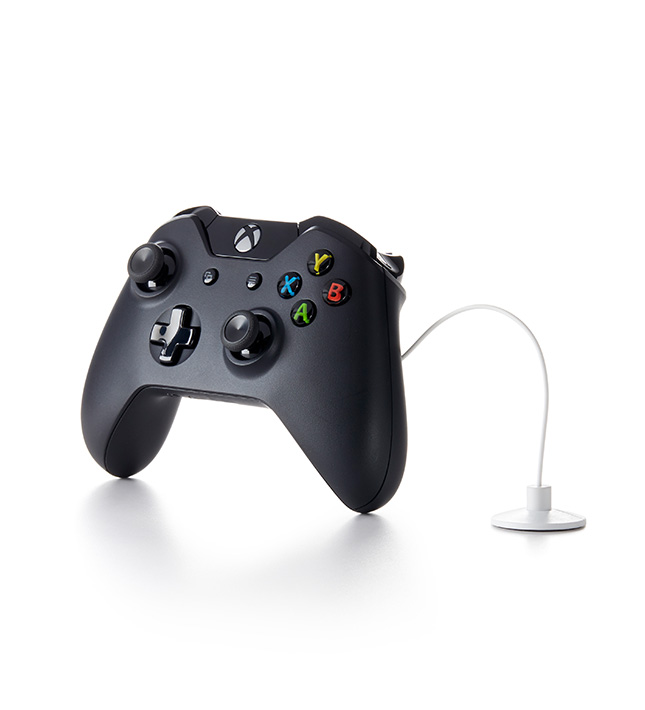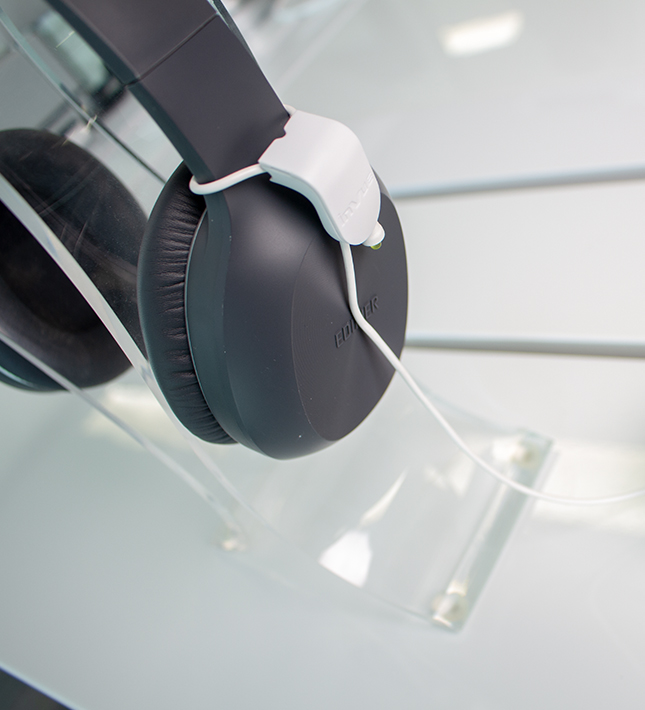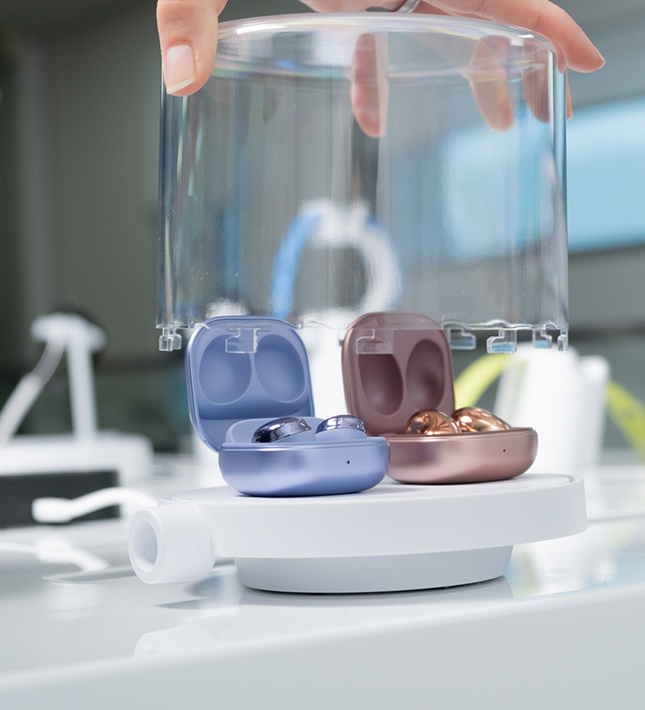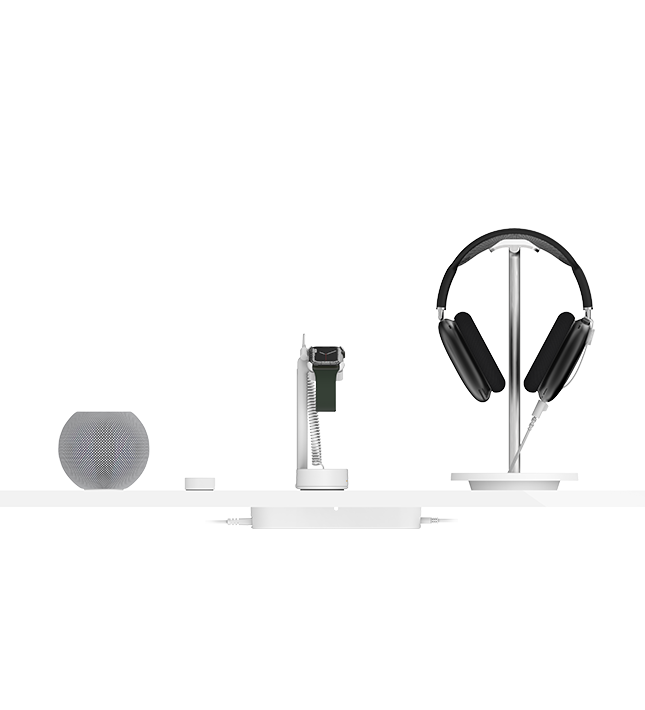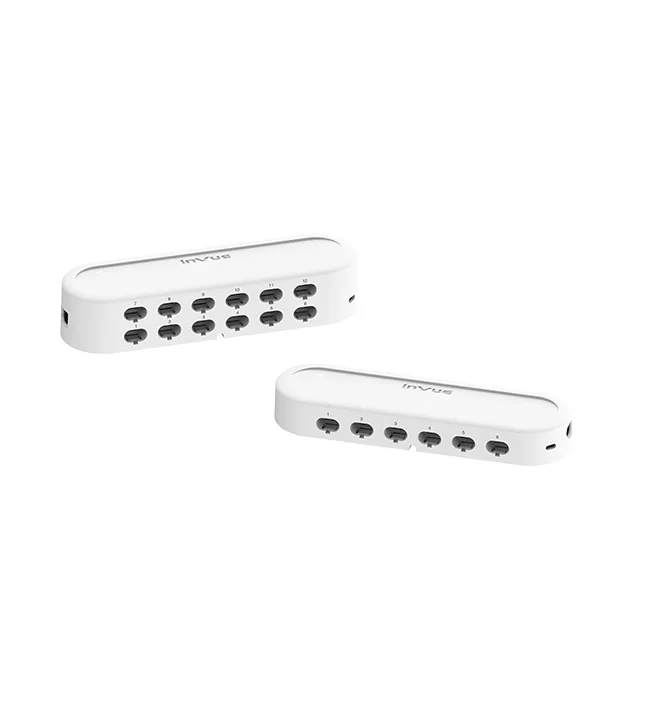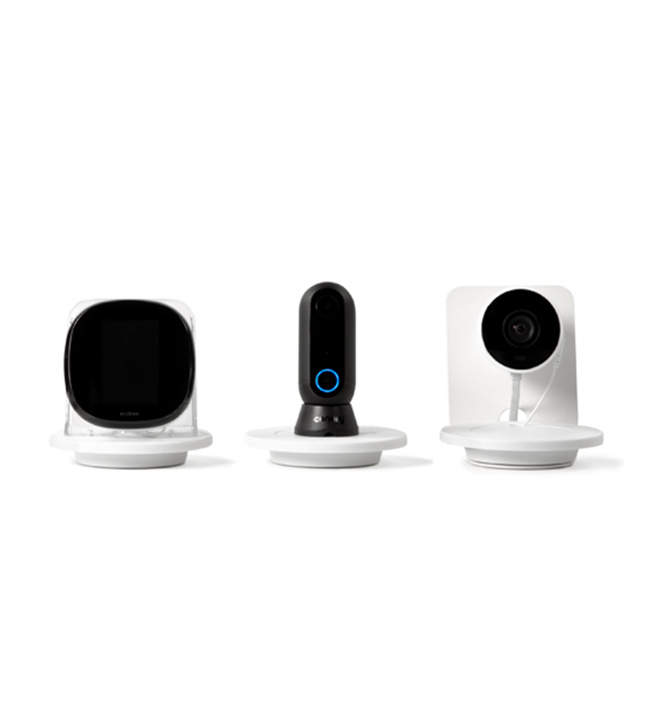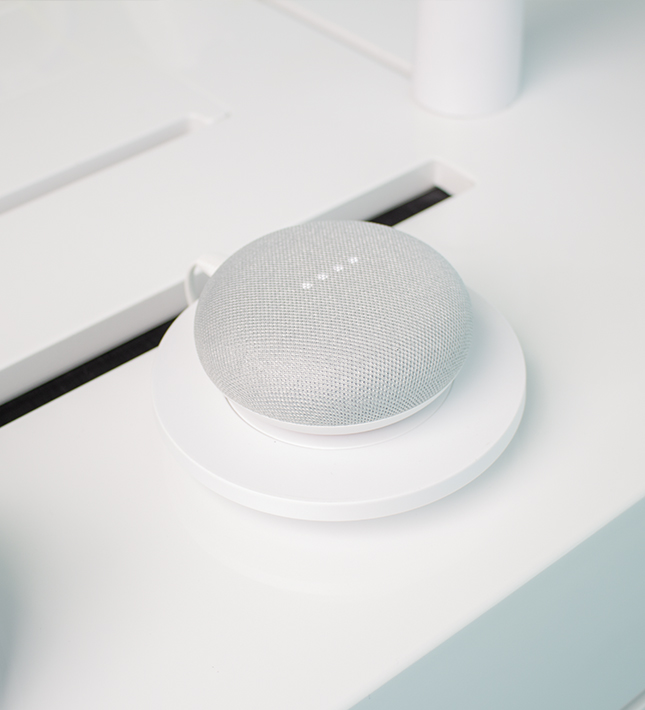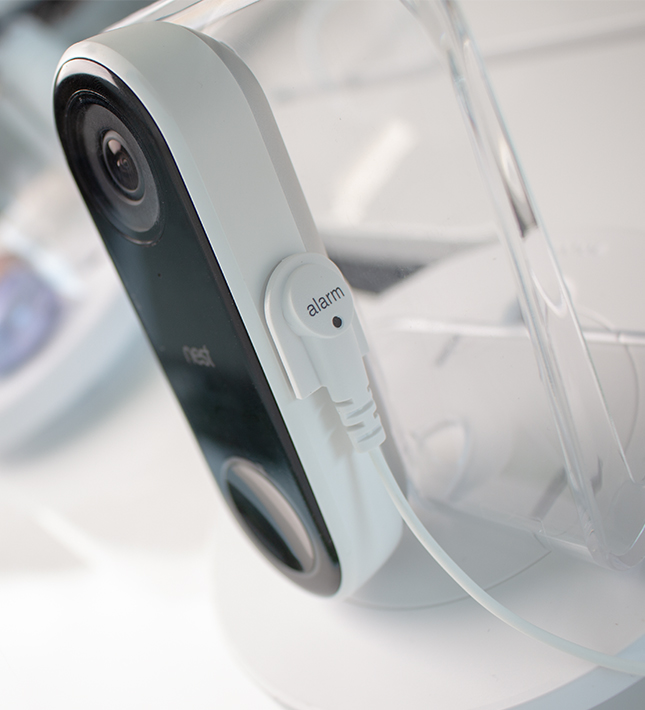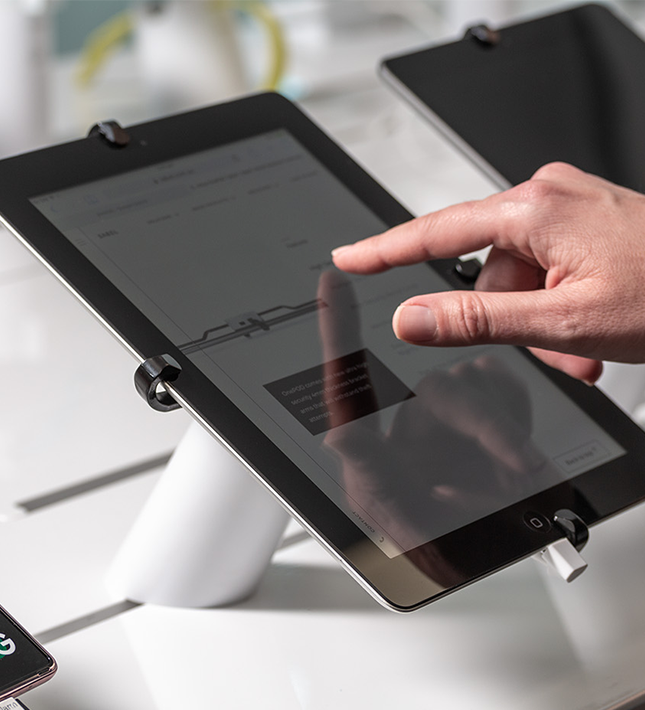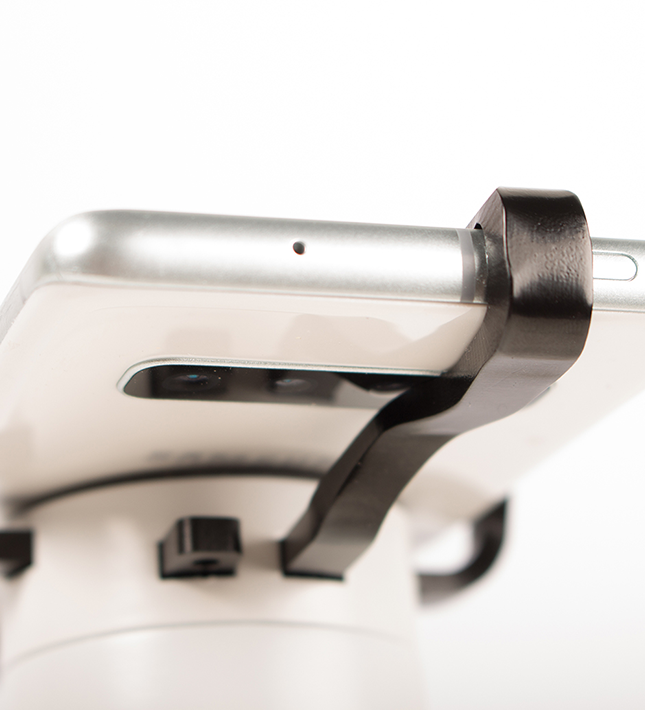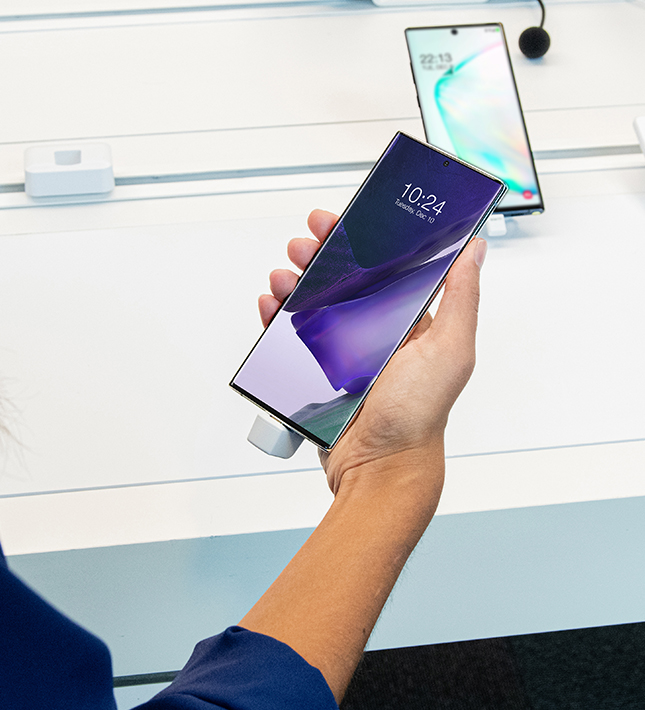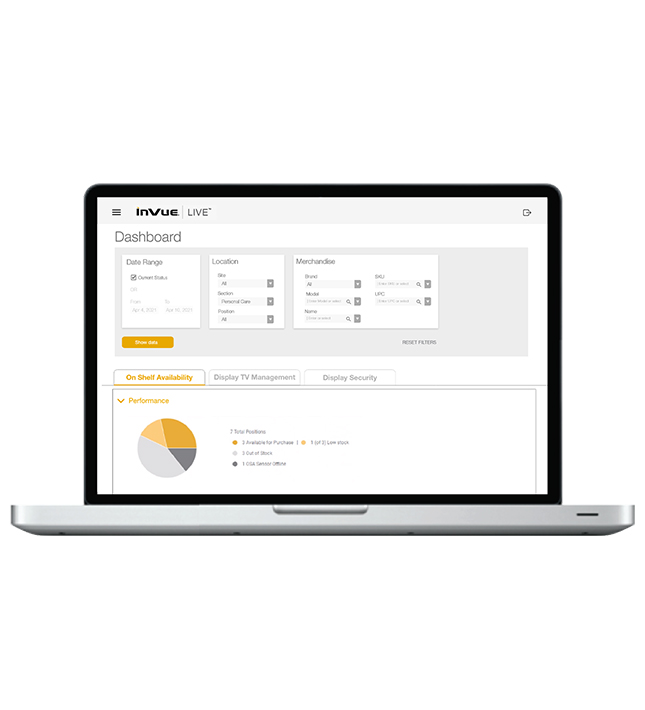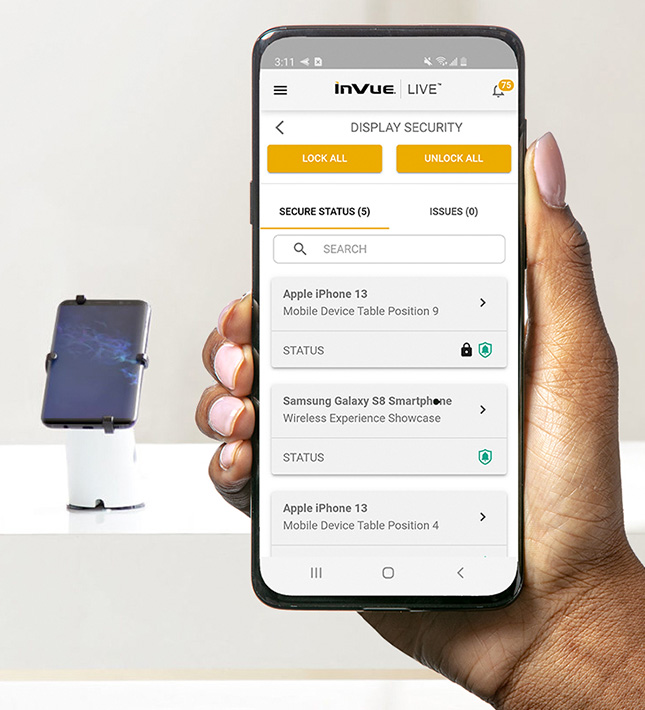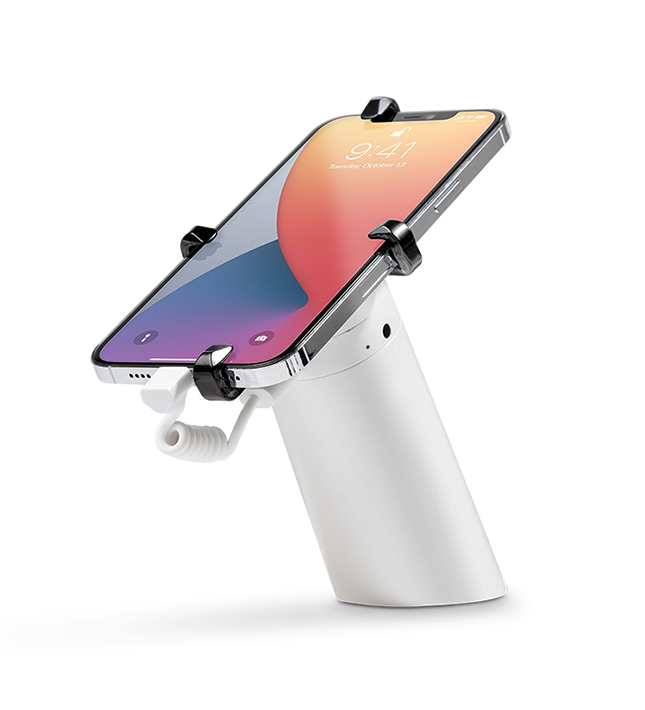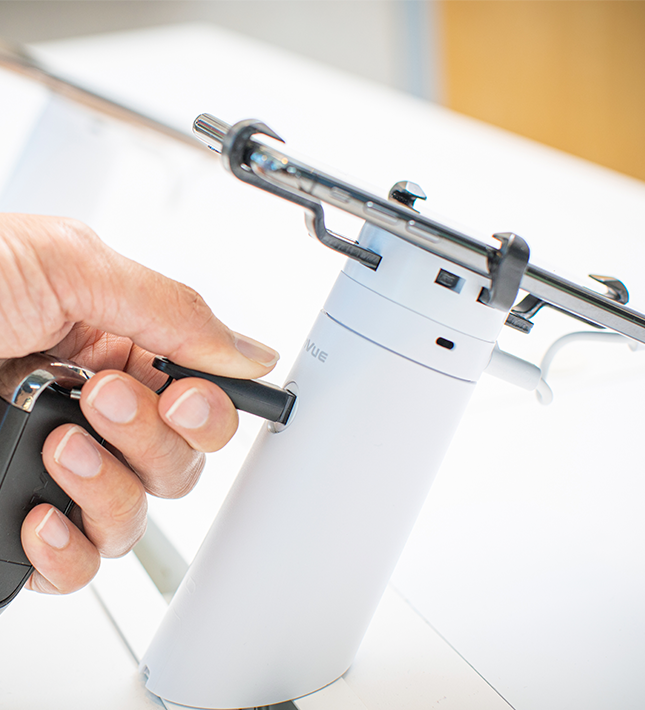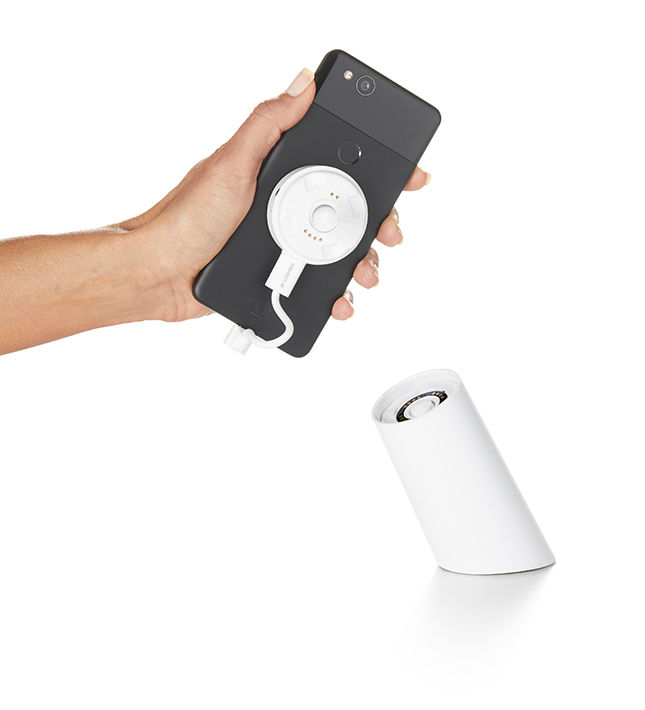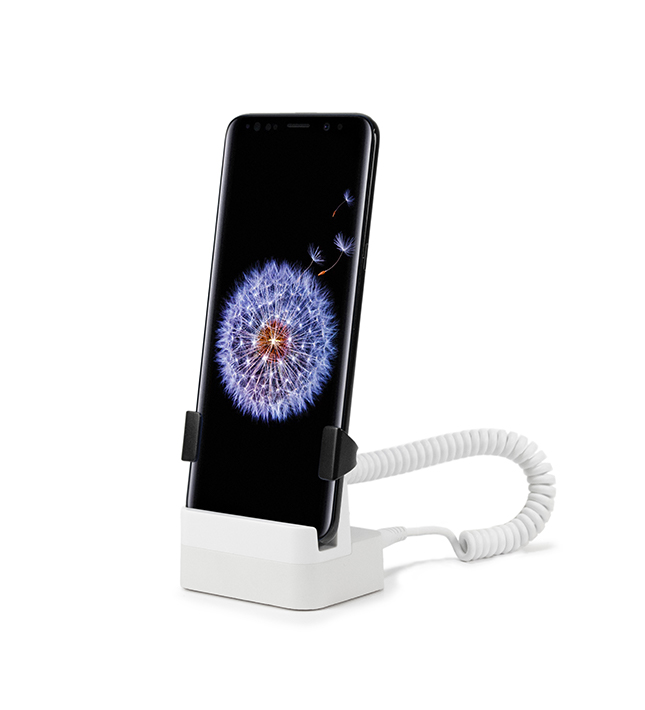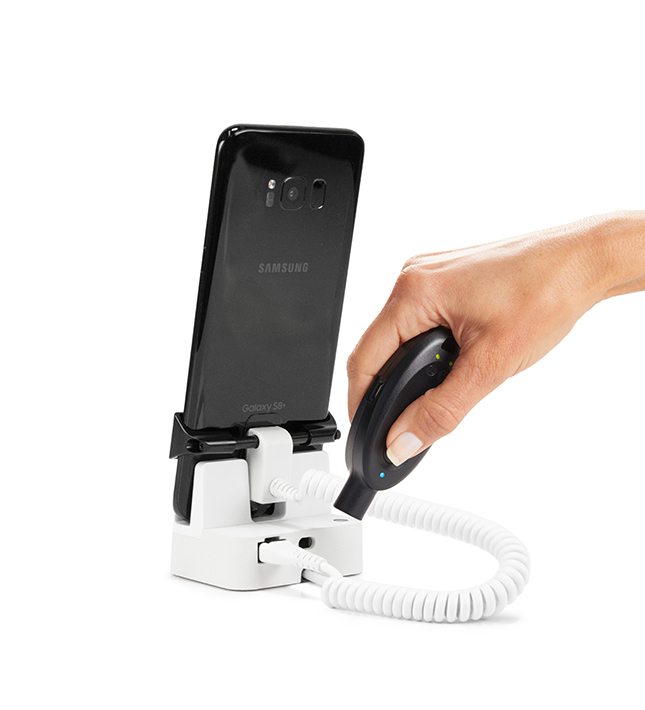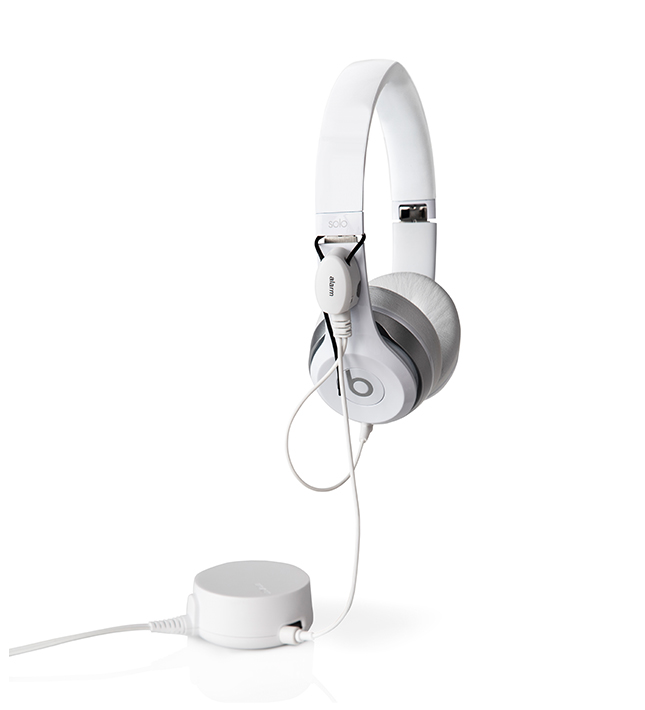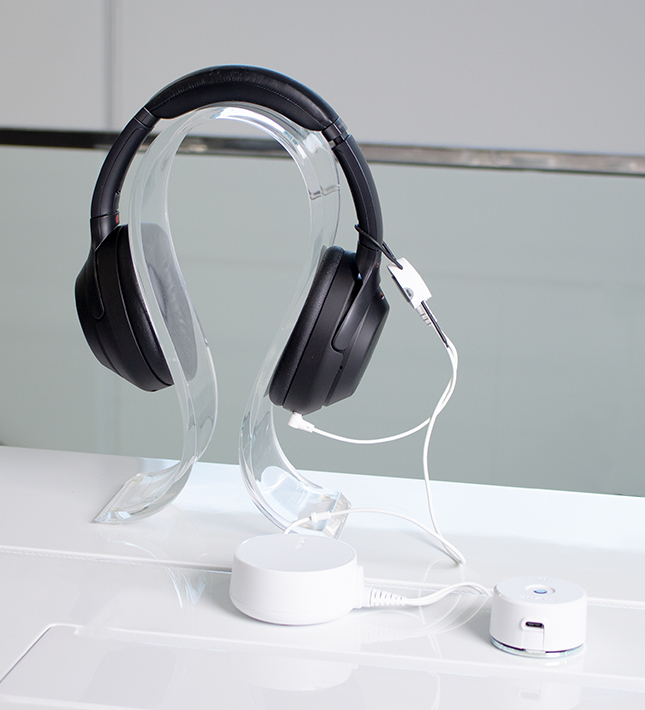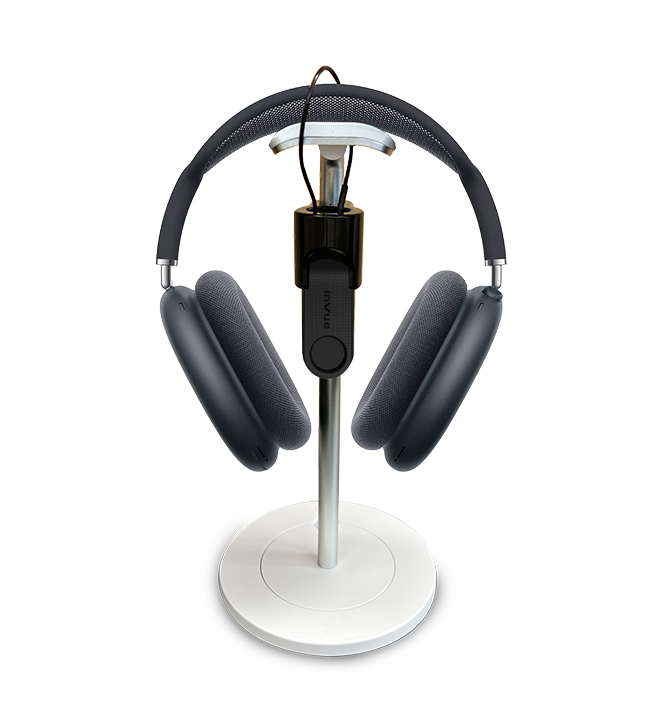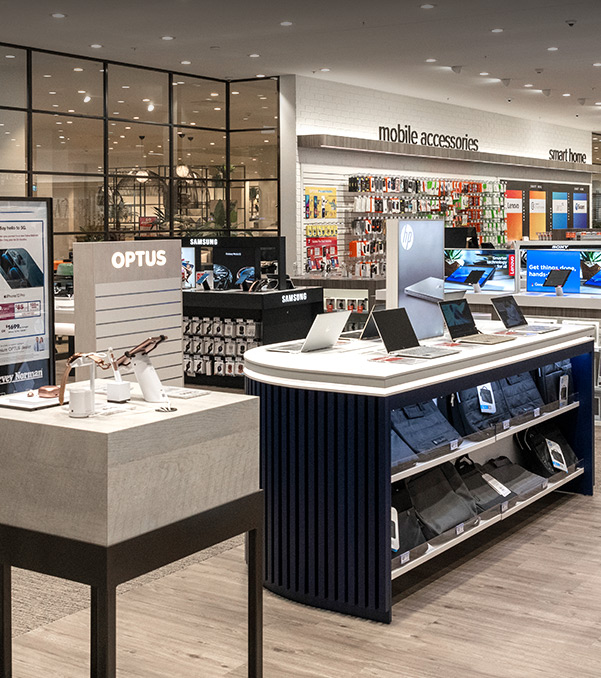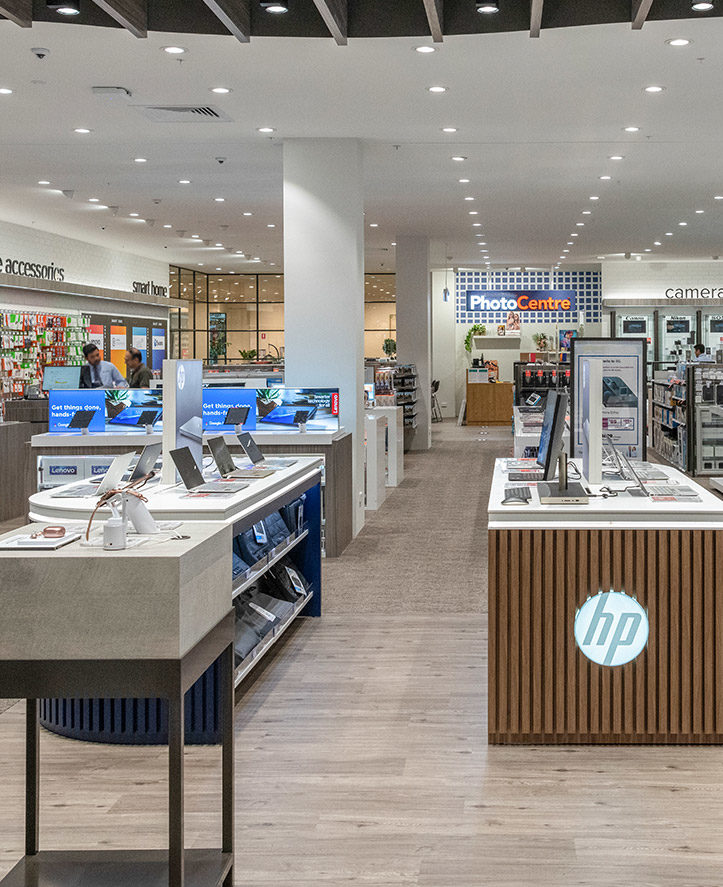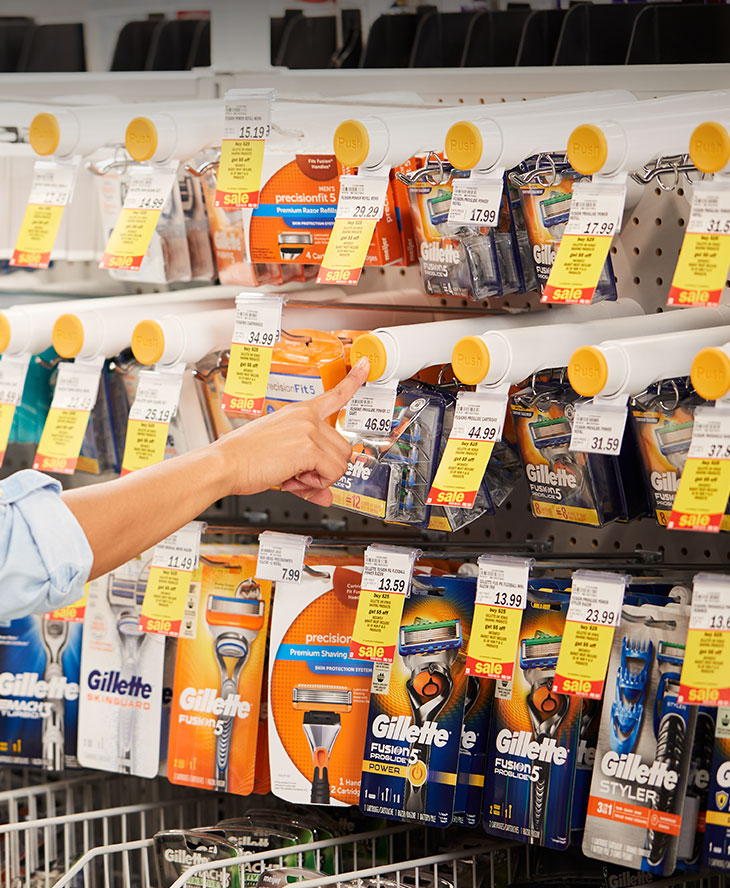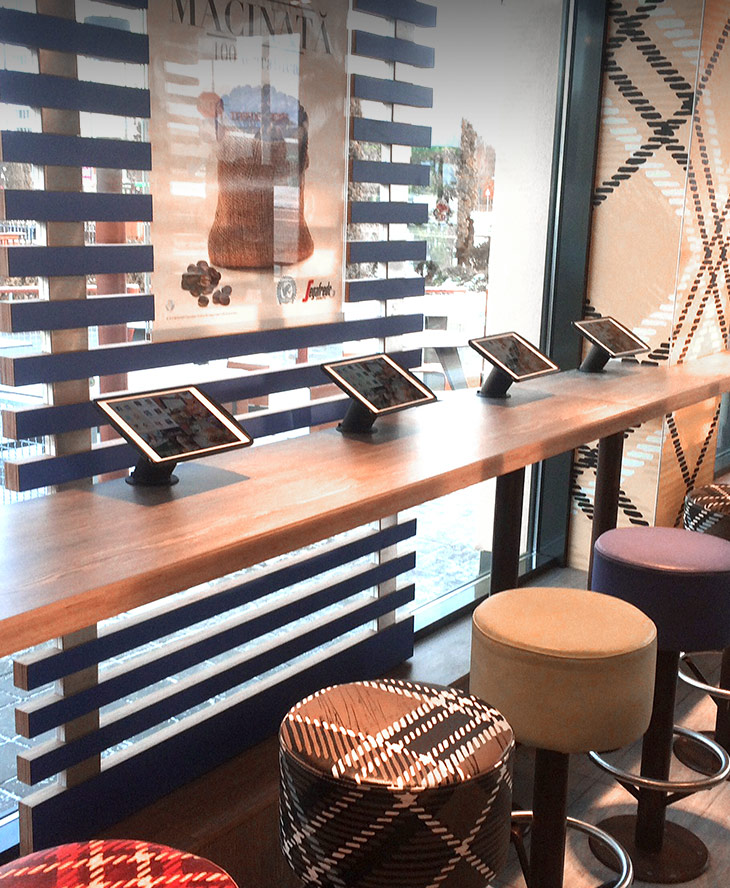Now, after 18 months of social restrictions, less in person interaction and on-again off-again lockdowns, the buyer journey to a purchase is far different to what it was at the beginning of last year.
In the interim, retail has been forced to rapidly adapt, meeting new expectations in innovative and creative ways.
So, let’s take a deep dive into the new customer buying journey…
Safety, convenience, and experience
Three major customer expectations have emerged in the past 18 months: safety, convenience, and experience.
And according to a recent Shopper Sentiment Survey by Mood Media, those expectations remain.
The survey of 8000 customers in the US, UK, France and China found that although 80 per cent of customers are now comfortable or ‘very comfortable’ returning to physical stores, 62 per cent are not visiting physical retail outlets as frequently as they did pre-COVID.

Regardless of what the future holds, 38 per cent of customers said they would like to see retailers continue to offer sanitiser at the entrance to a store, and 31 per cent said they enjoy the merging of physical and digital and want Click and Collect to remain in place.
The lure of physical retail
While online ordering and Click and Collect may offer convenience, the survey also indicates that consumers have missed the experience of physical retail.
Globally, it found bricks and mortar offered an experience that couldn’t be replicated in the online world.
When it came to the top three things consumers missed most, they included:
- The possibility of touching and trying on items on the spot – 45 per cent
- Social aspects of shopping with friends or loved ones – 35 per cent
- The possibility of bringing items home immediately – 35 per cent
Meanwhile, the key drivers that saw consumers shop instore rather than online were:
- The ability to touch, try and feel the product – 59 per cent
- The convenience of taking the purchase home – 51 per cent
- The ability to browse and discover new items – 45 per cent
The customer journey
The online role in physical retail has become increasingly important in recent years, but now it has proved paramount.
For most customers, the buyer journey starts online, whether it’s through recommendations about products from their friends and social media, or via the searches they conduct to source and compare products.
As Inside Retail recently noted, ‘half the world’s population is now on a social media platform of some kind regularly’ which makes a social media presence a priority.
Meanwhile, recent statistics indicate 81 per cent of retail shoppers conduct online research before buying, while further data found 77 per cent of these searches were conducted on mobile.
The buying journey then takes one of three forms:
- The purchase is made online and then delivered
- The purchase is made online and picked up instore (Click and Collect)
- The customer proceeds to the retail outlet where they buy the item in person
So as a retailer, how can you ensure you meet the customer’s needs at each of these opportunities?
Omnichannel

It’s no secret that omnichannel now reigns supreme. In addition to having the option of visiting a physical retail outlet, customers want the convenience of purchasing the items they seek online
That means retailers should be offering a frictionless omnichannel experience, complete with a website that’s easy to navigate, an app if appropriate and real time information about what exactly is available in which store.
Meanwhile, as the Shopper Sentiment survey indicates, options like Click and Collect or curb side pickup are here to stay due to their convenience.
In stock and at hand
With sales spanning both the physical and online environment, stock needs to be accounted for in real time across all a brand’s retail outlets.
This is only possible through best practice inventory management, with a focus on minimising out of stocks.
Shortening the queue
Although customers are keen to return to bricks and mortar retail, they remain wary of interacting with others in store, and safety is their priority.
That means retailers should be committed to minimising time spent in the queue through solutions like mobile Point of Sale, and contactless payments.
In 2020, the US National Retail Federation found customers had rapidly adopted contactless payments as their preferred way of finalising transactions.
They noted:
- One-fifth of consumers surveys said 2020 was the first time they made a contactless payment (during the pandemic)
- 62 percent said they used mobile wallets
- 56 percent said they used contactless cards
- 57 percent said that after the pandemic they will continue using contactless payments
Safety remains a priority
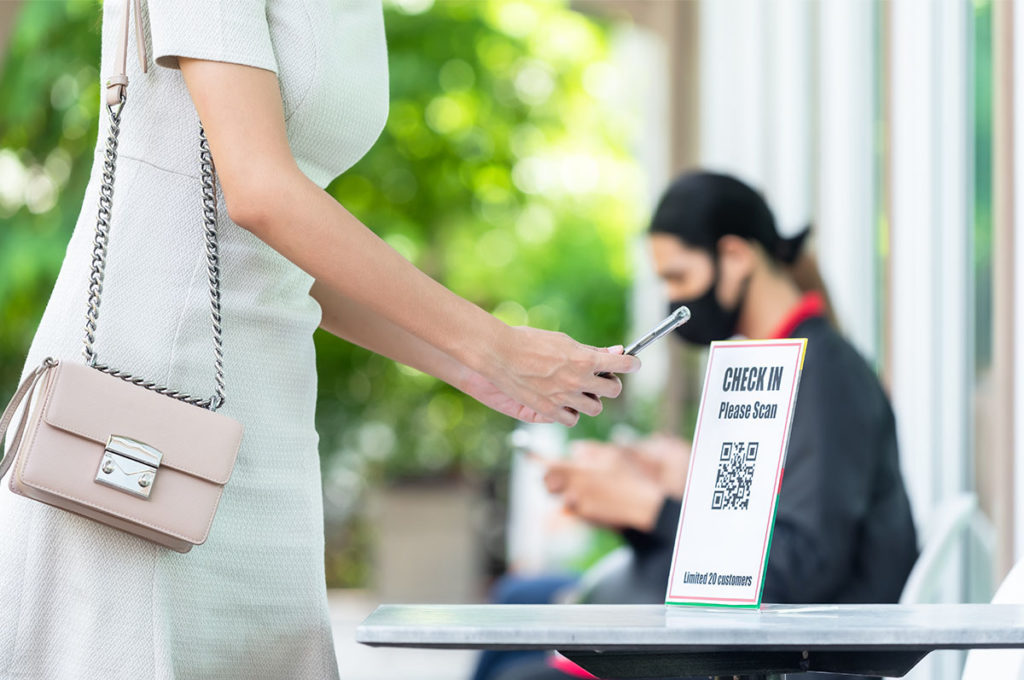
With personal safety still front of mind for many consumers, retailers will need to continue to maintain high sanitisation standards.
Australian retail has done an exceptional job of this in the past 18 months, but that commitment will need to continue, with social distancing measures likely to remain commonplace, QR code check-ins remaining a necessity and mask wearing also likely to continue for some time.
Importantly, retailers will need to continue communicating their commitment to safety, whether that’s through physical or digital signage.
Experience matters
As the Shopper Sentiment survey attests, the key factor that lures a consumer into a store is the experience.
Whether that’s in the form of interacting with products, the social aspect of shopping or gaining the insight of staff, this experience should now be front of mind for all retailers.
Why? Because when the experience outweighs convenience or safety, consumers will choose to return to bricks and mortar retail for the unique benefits that it offers.







